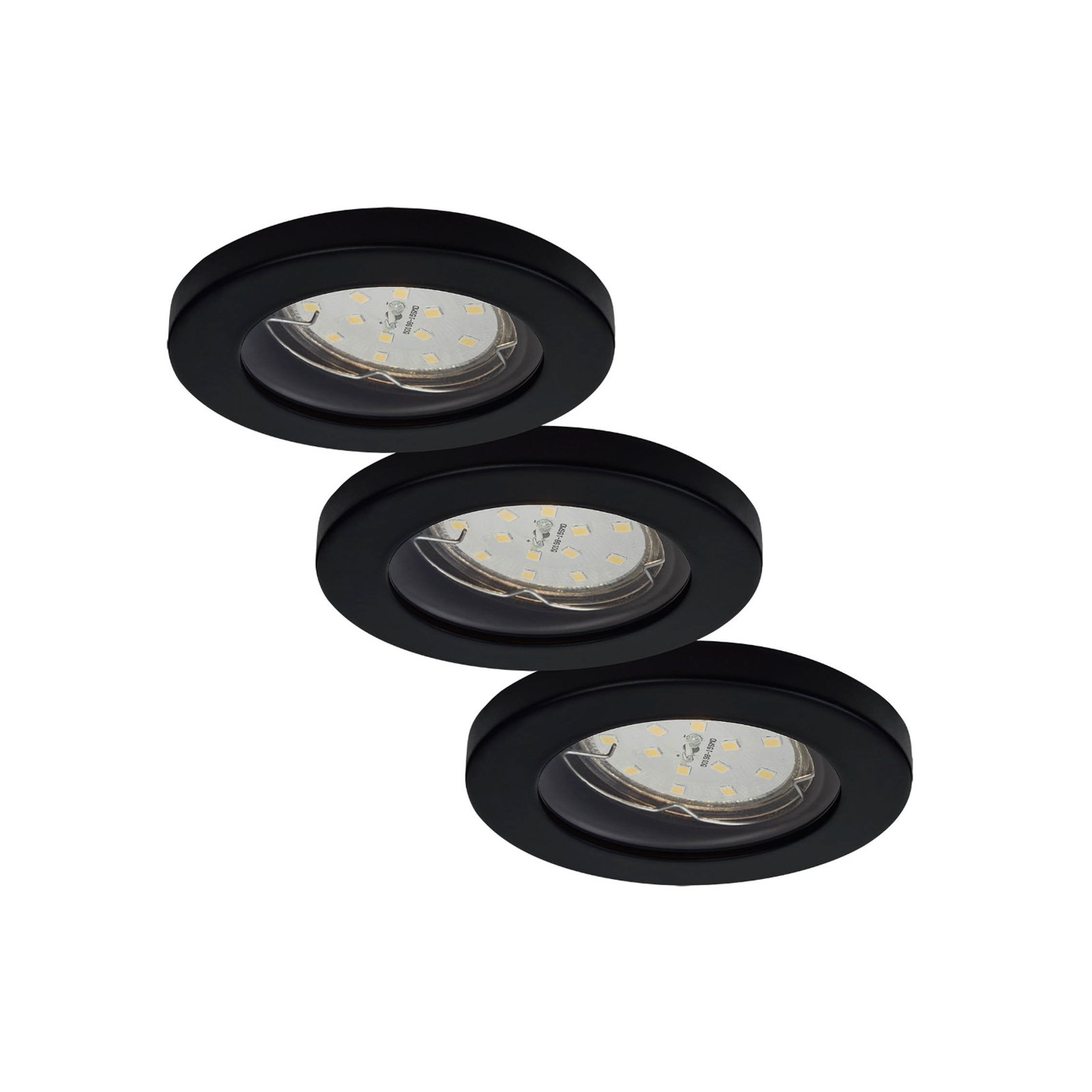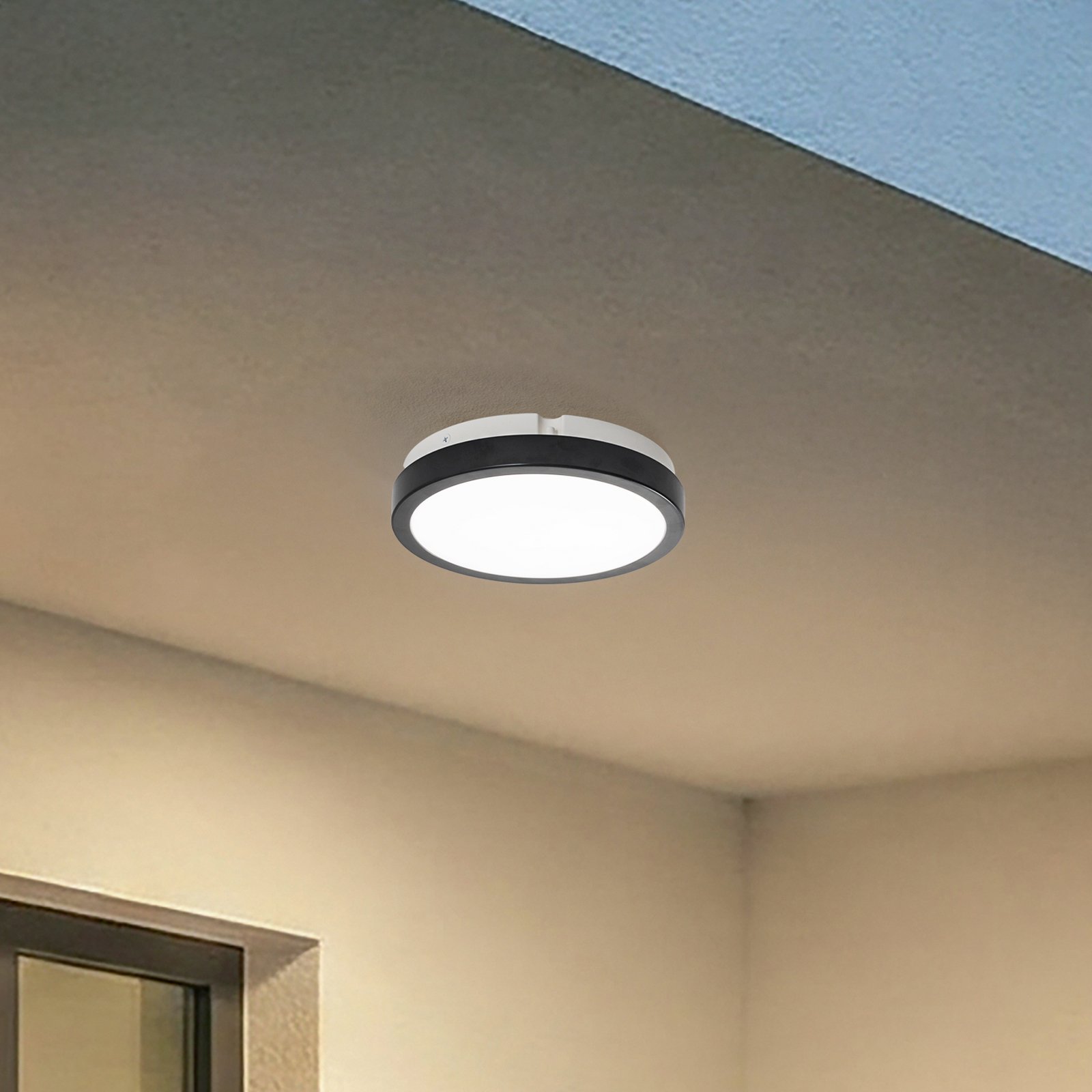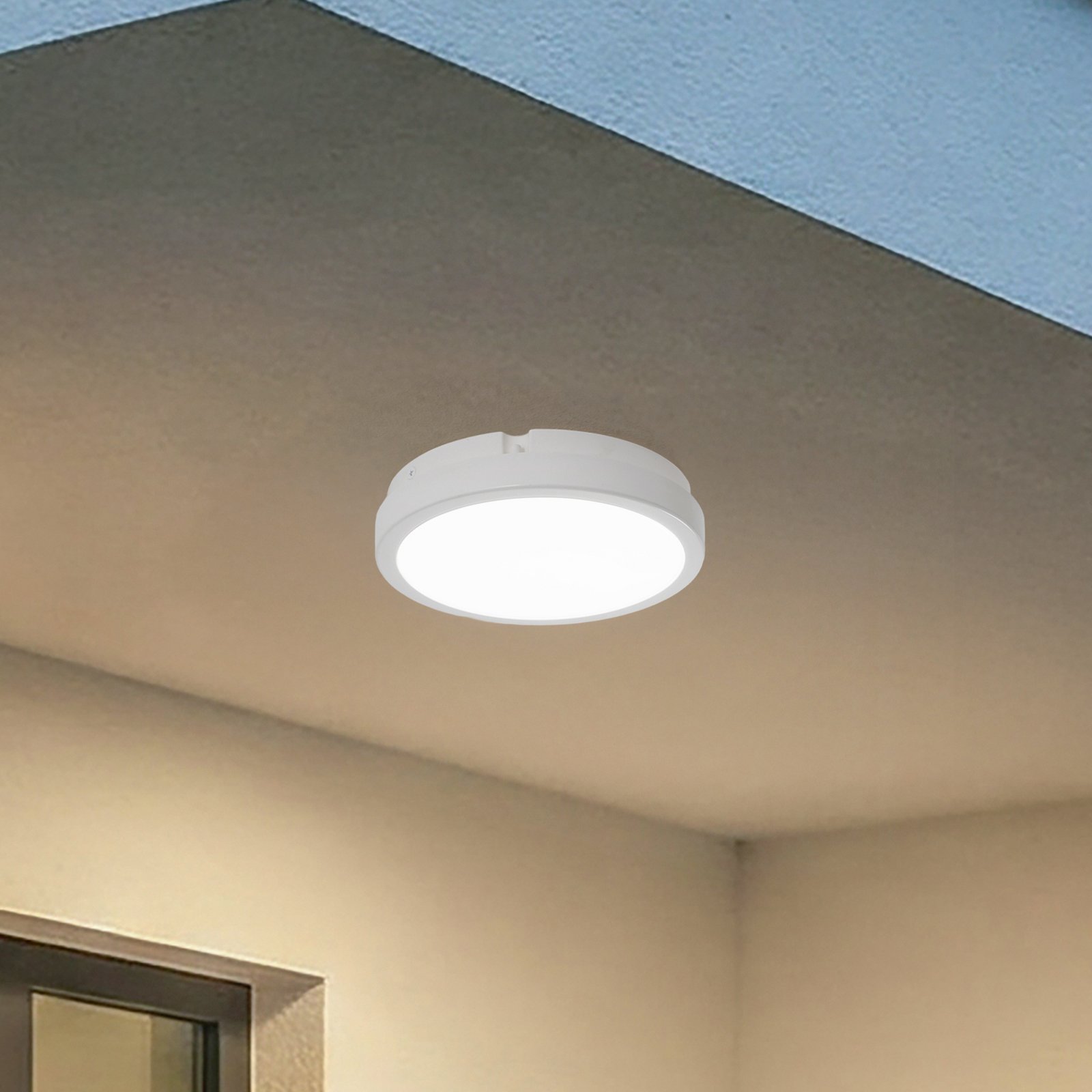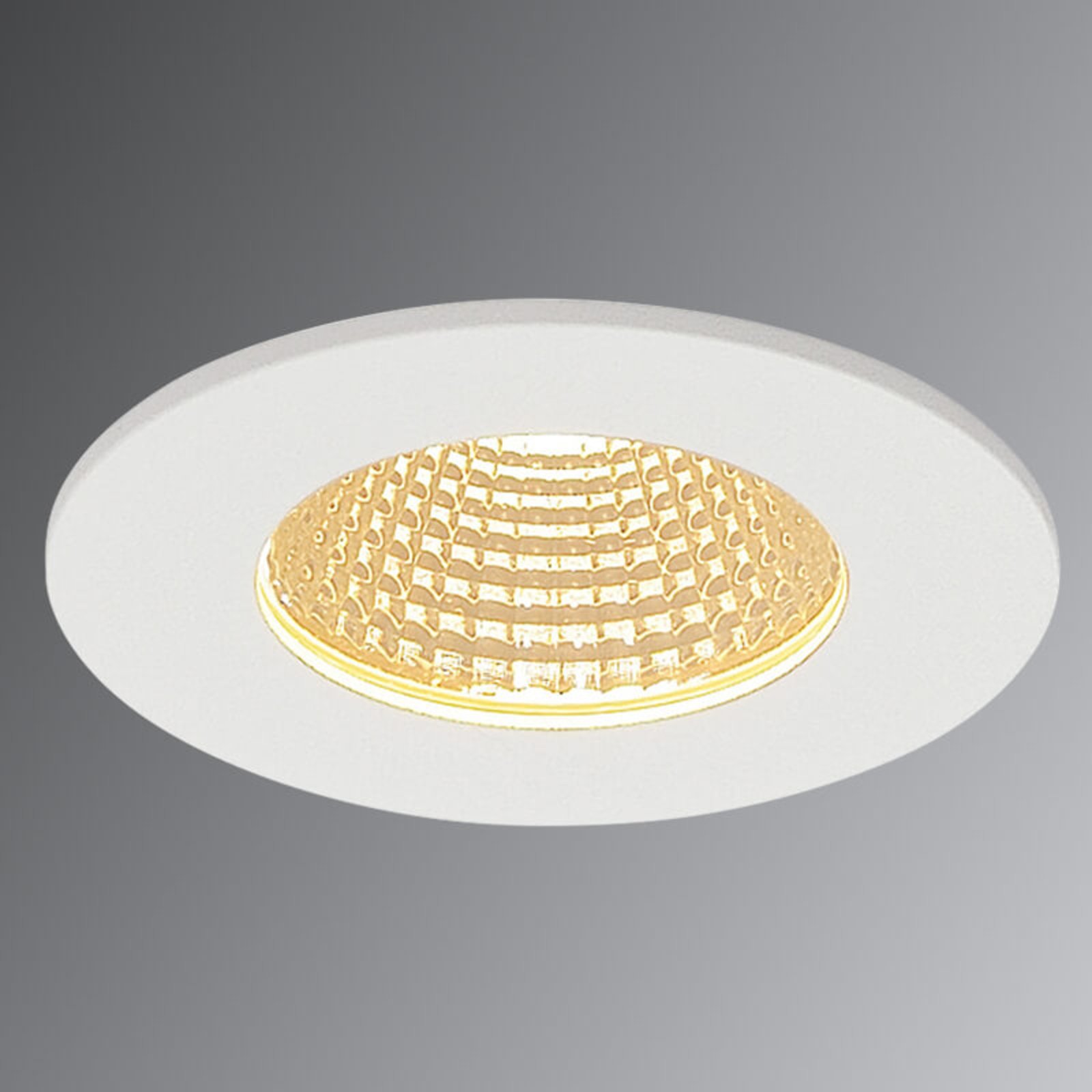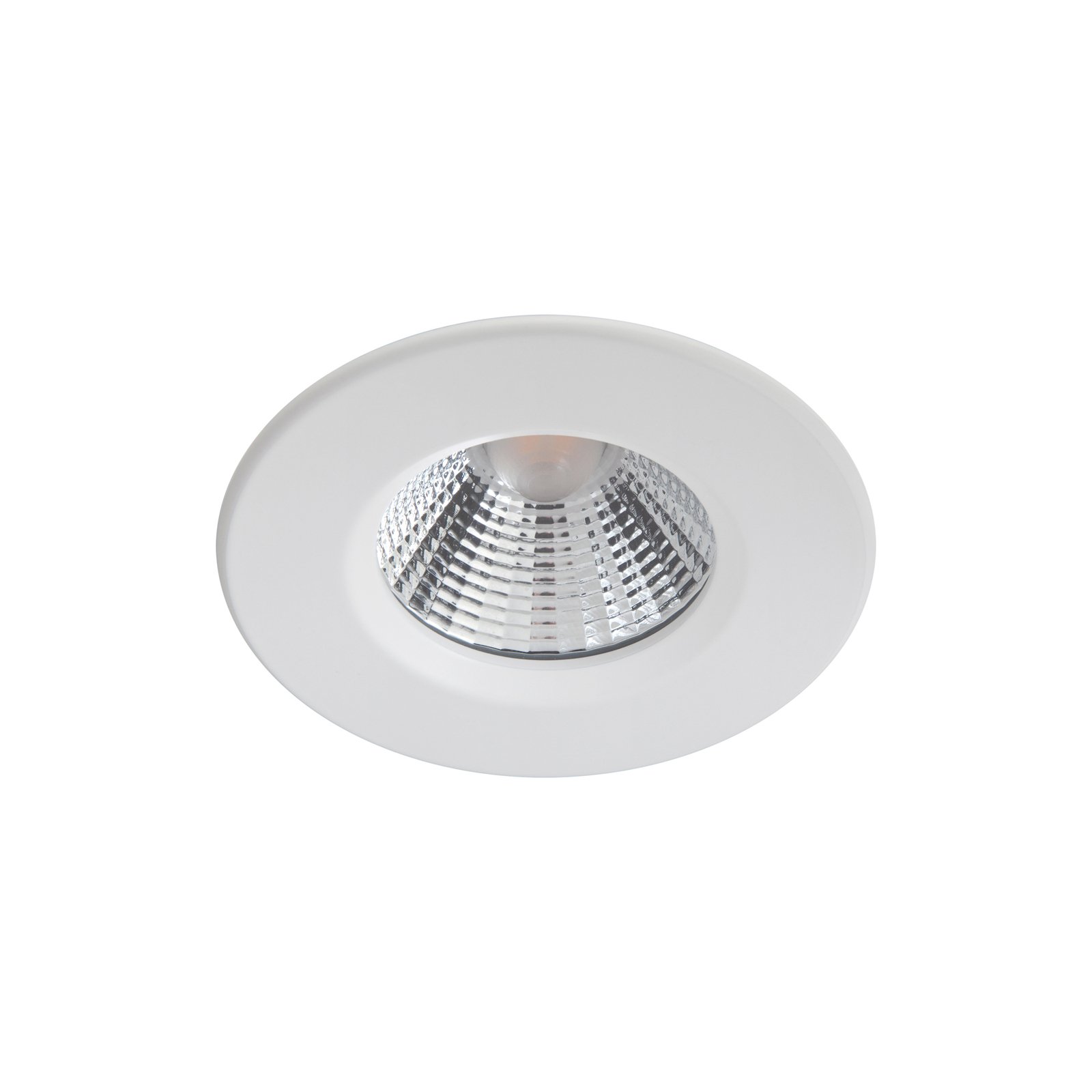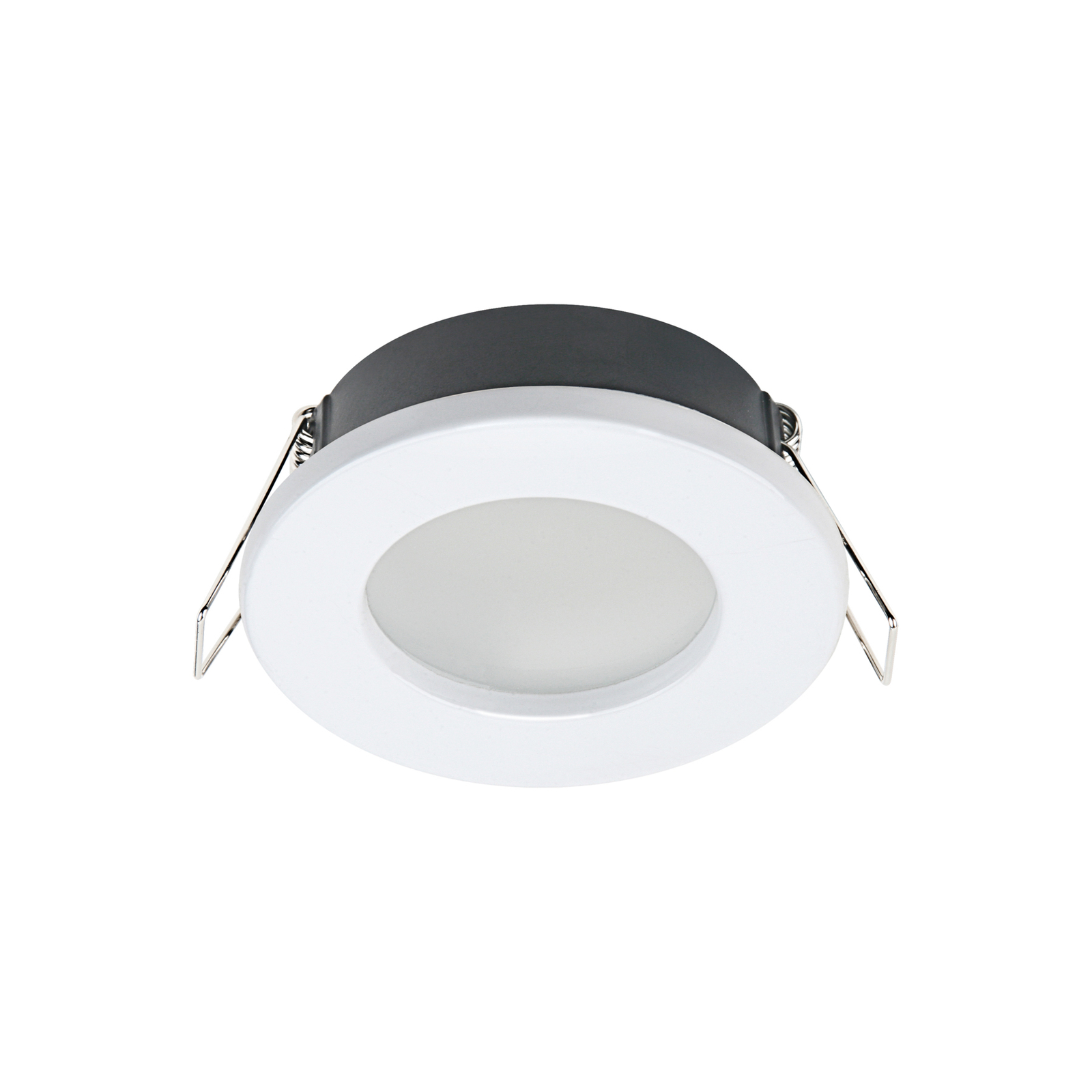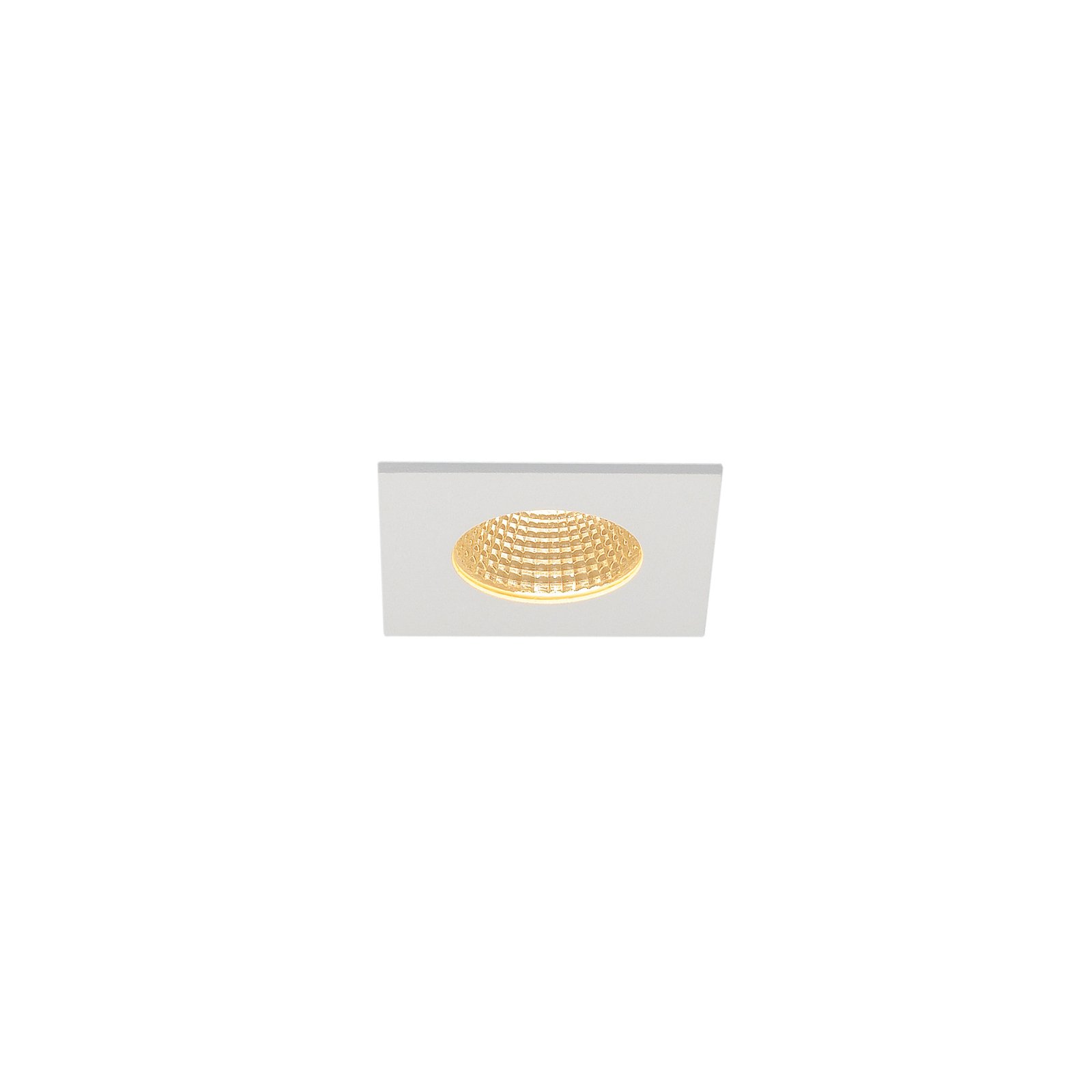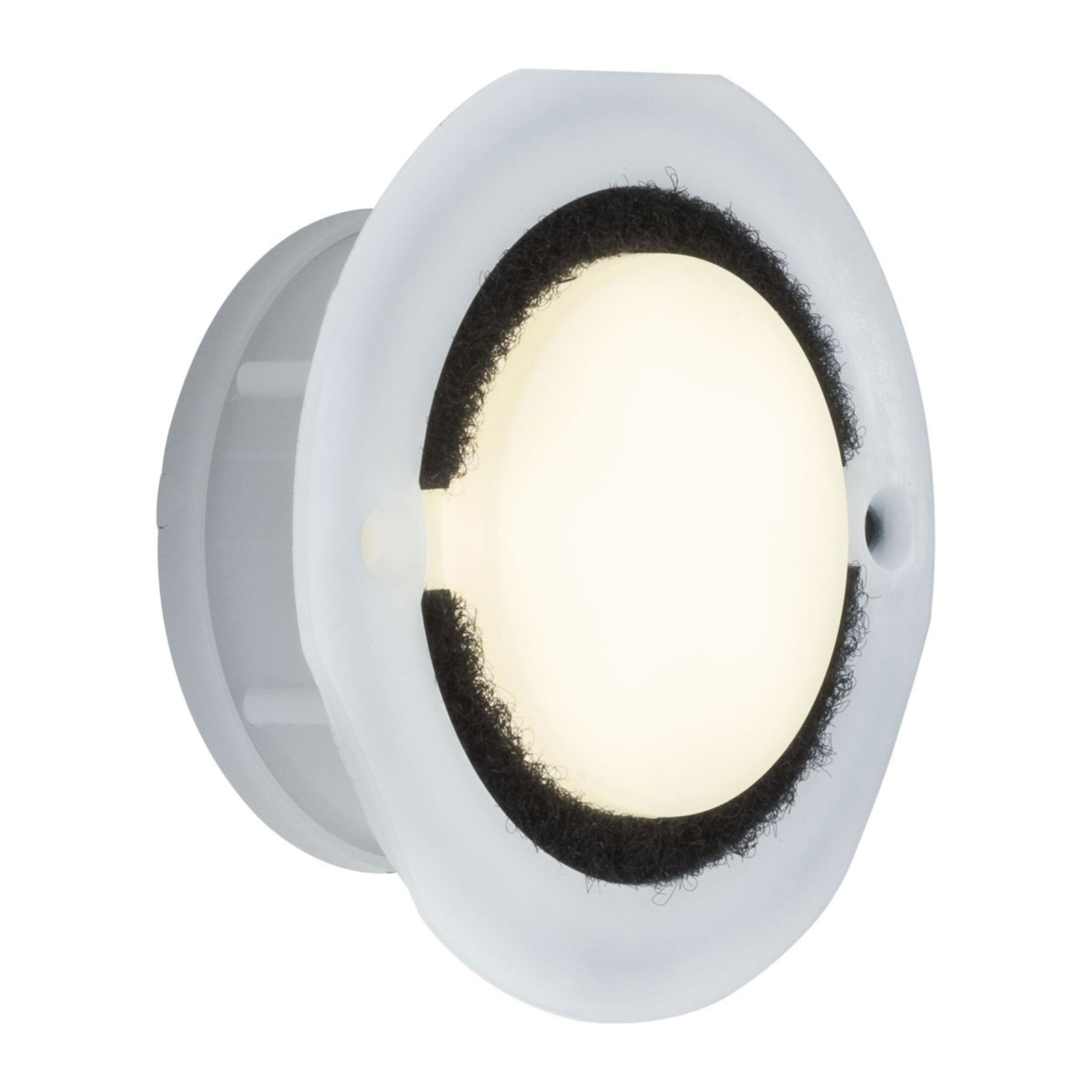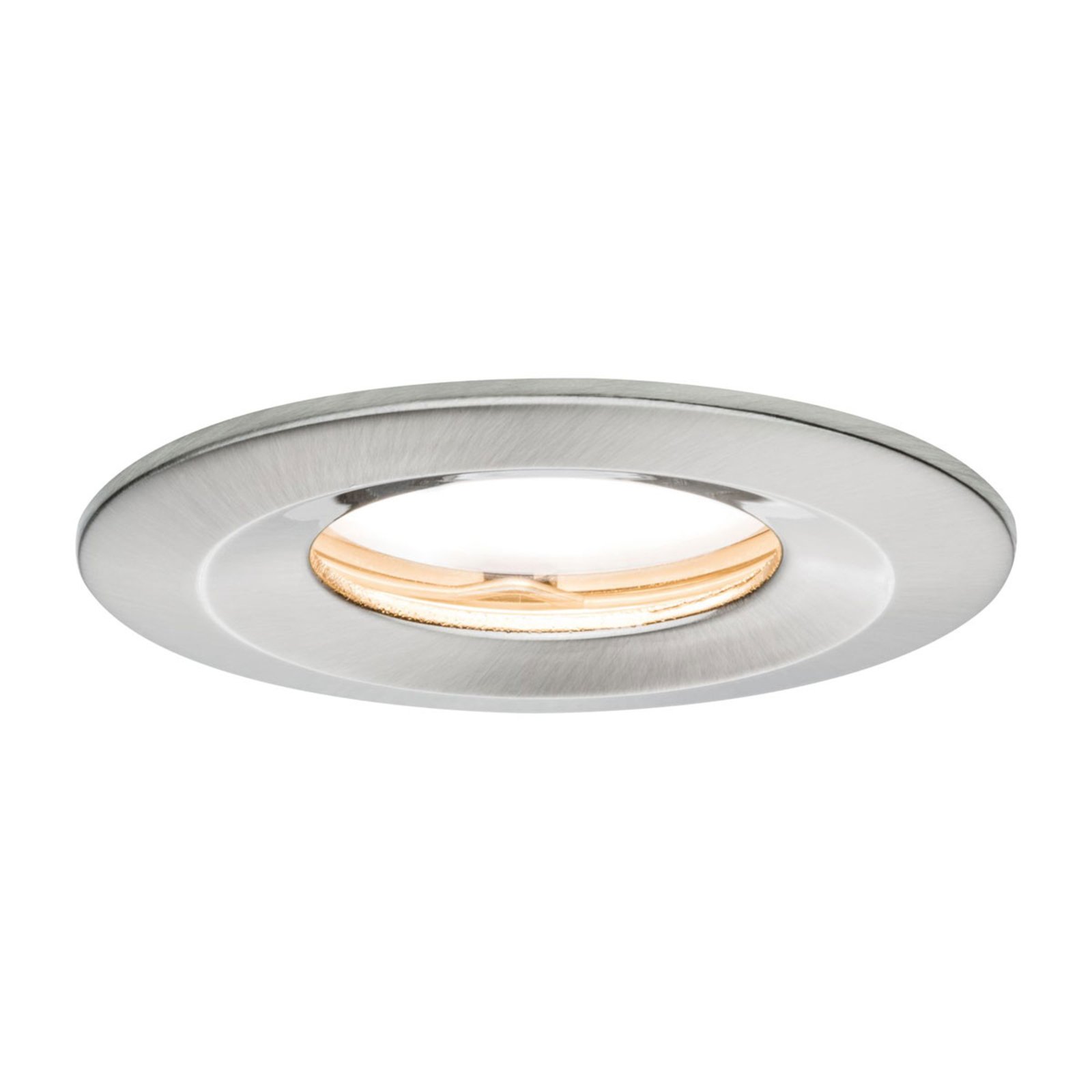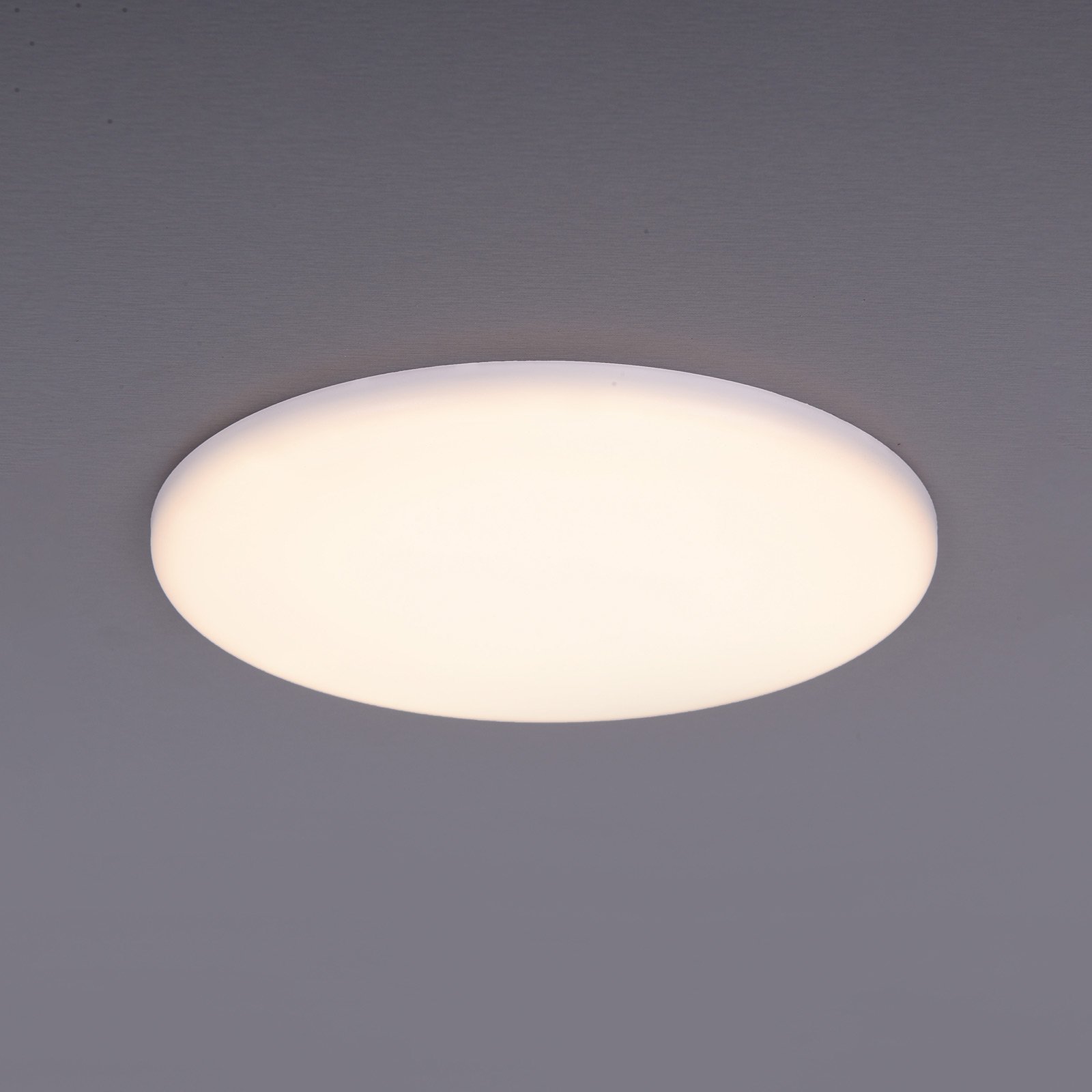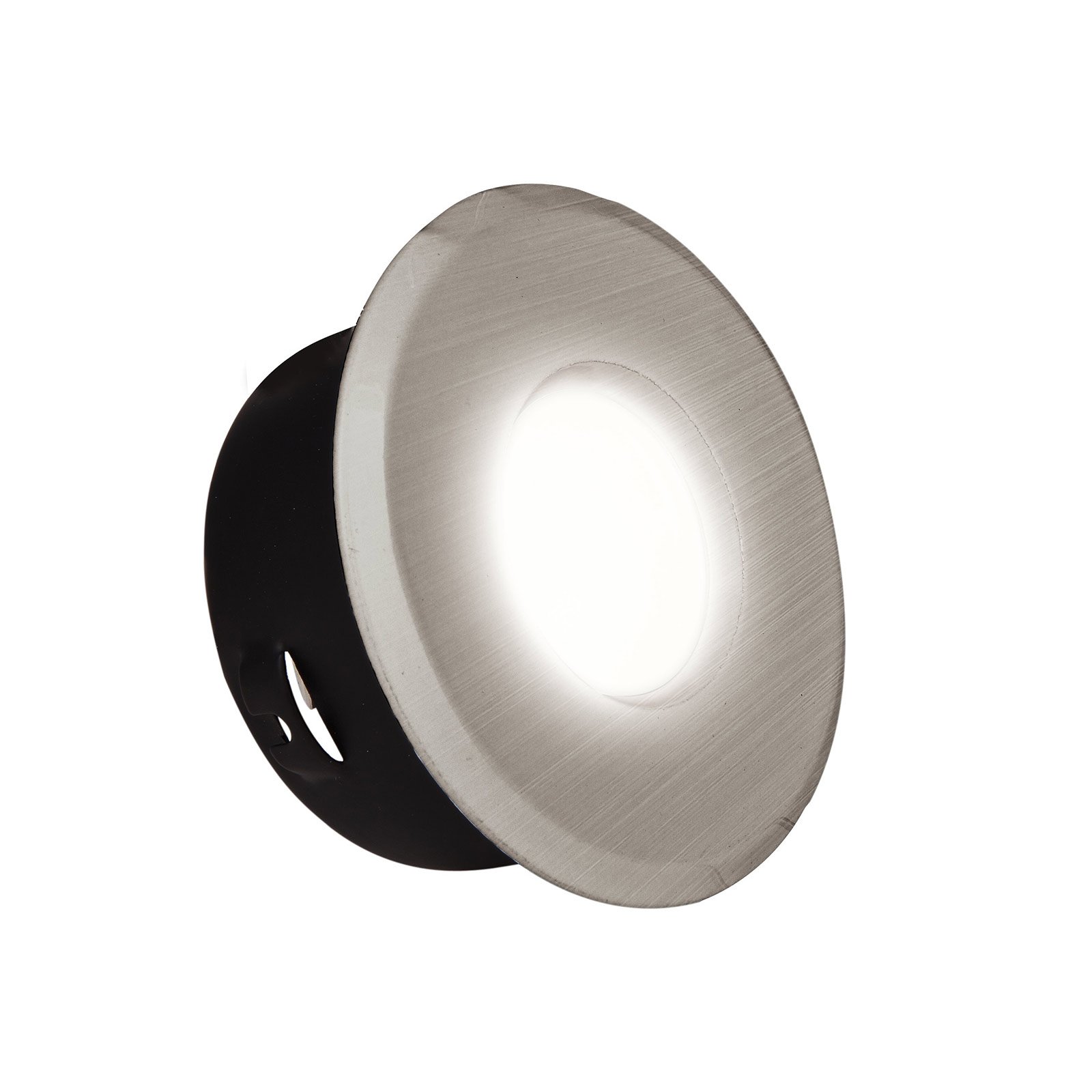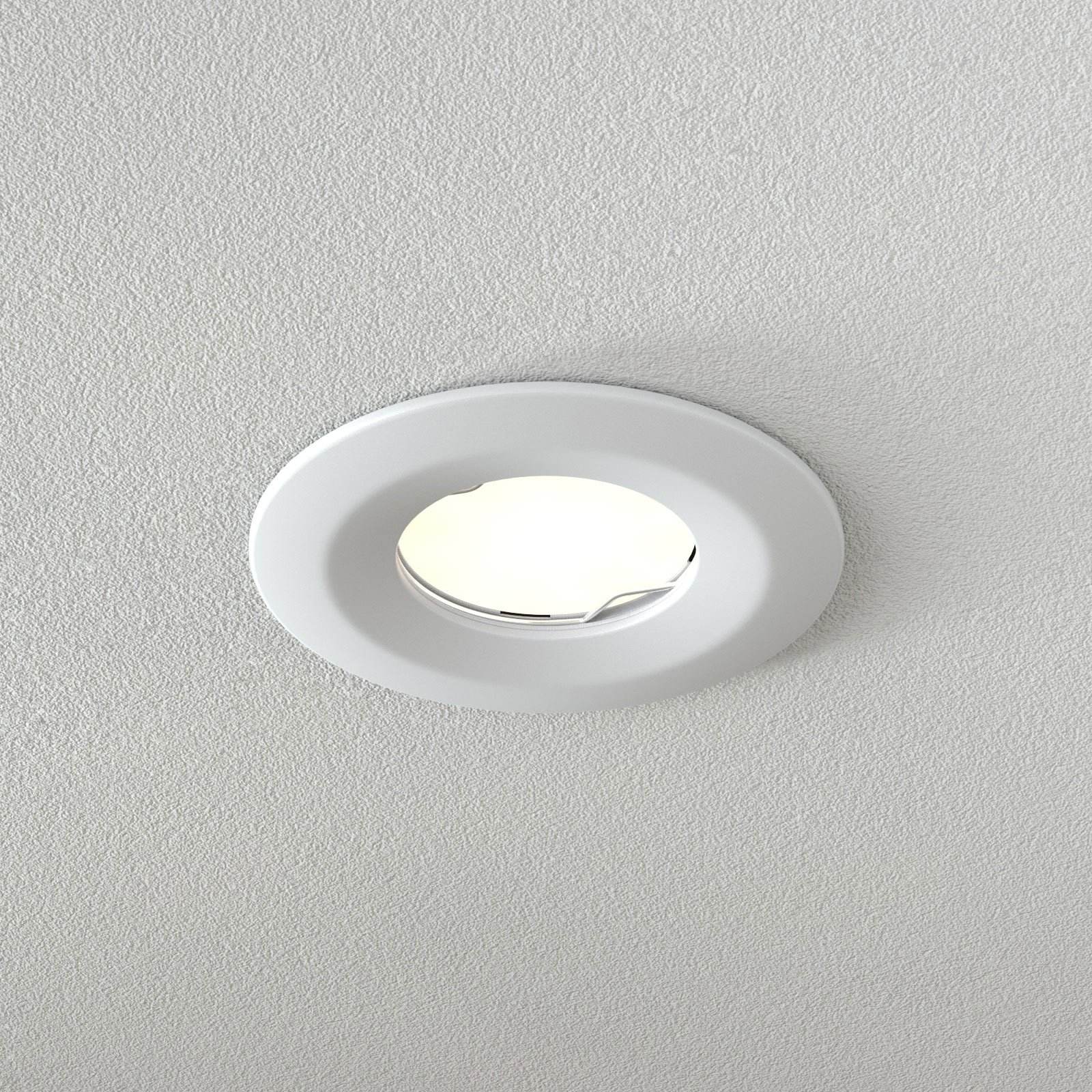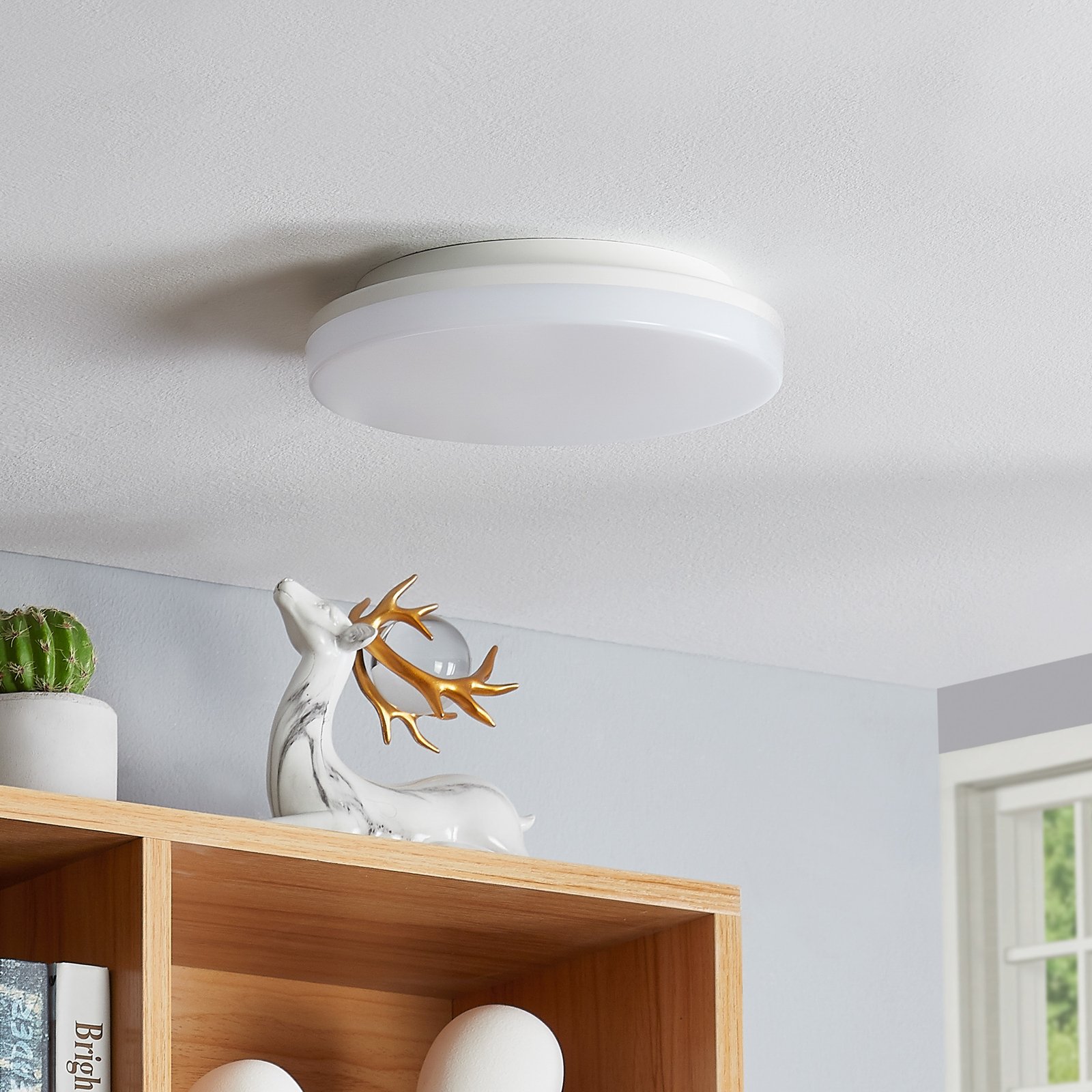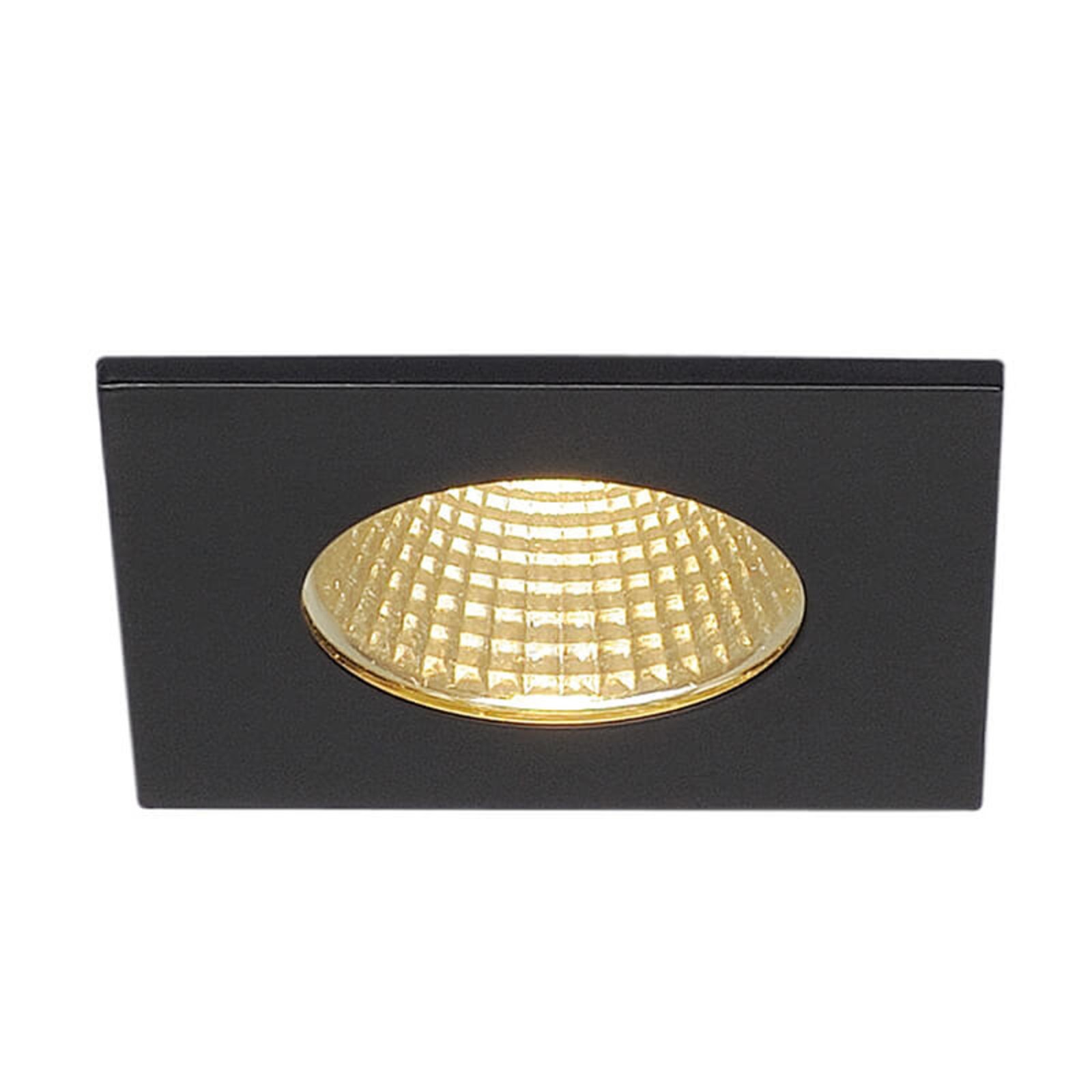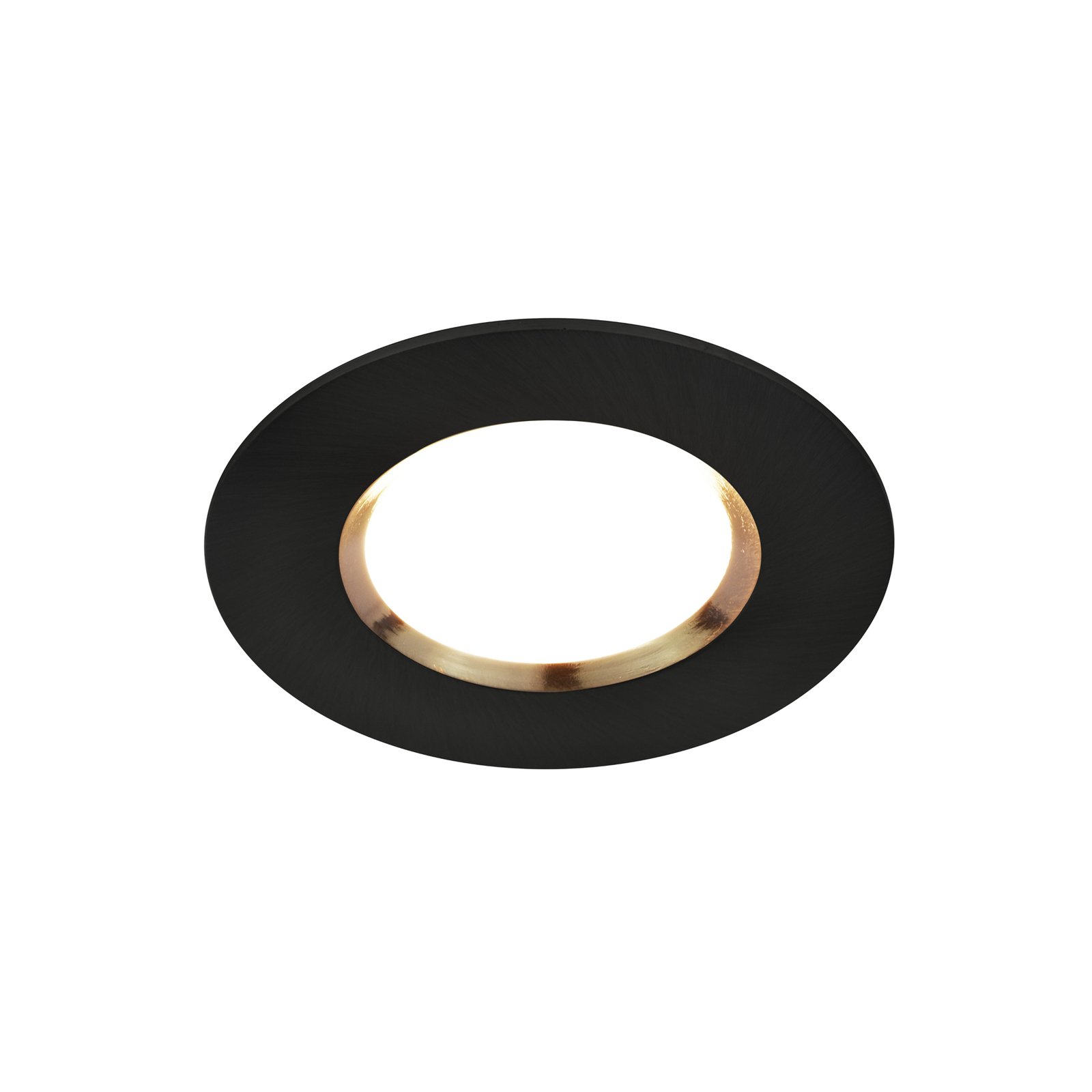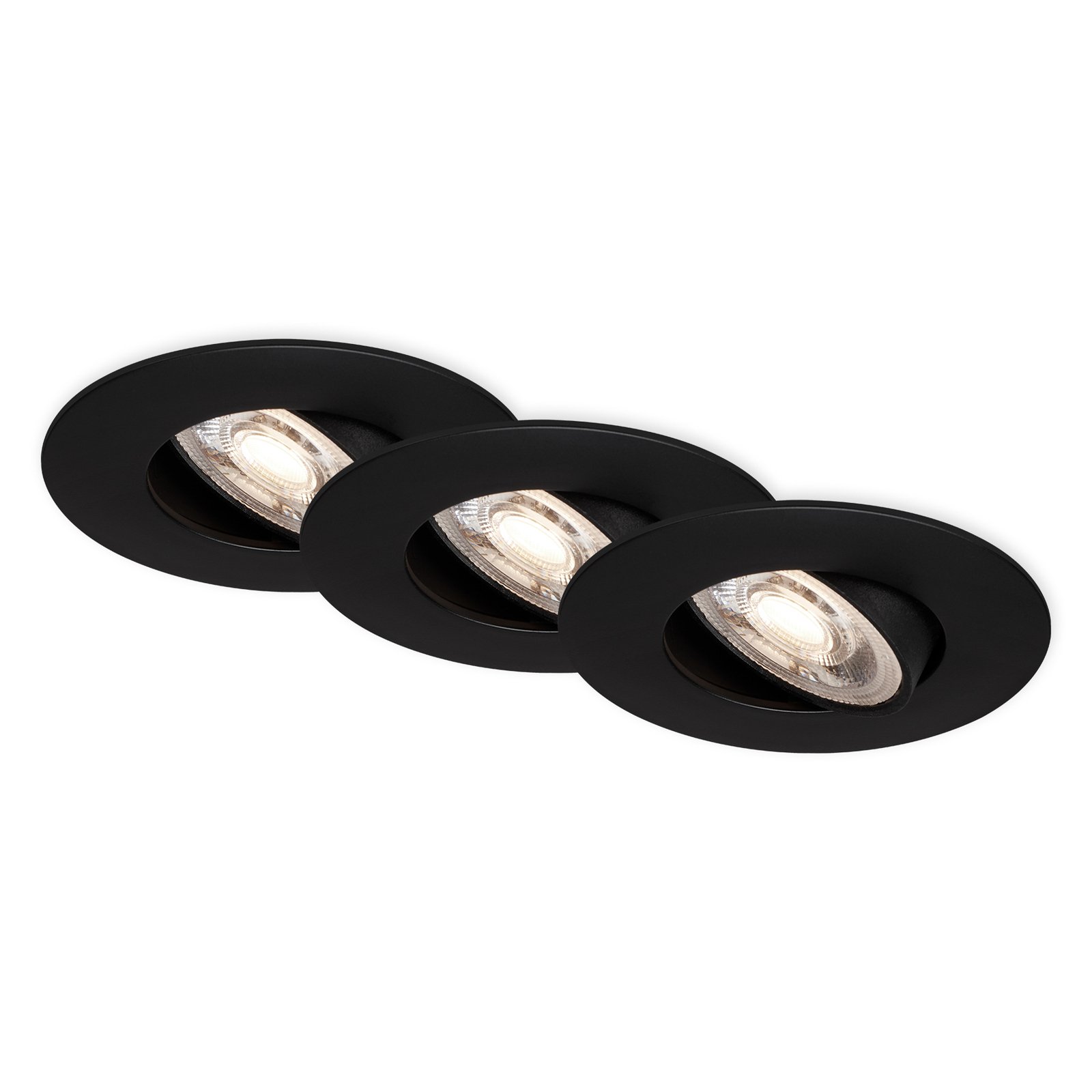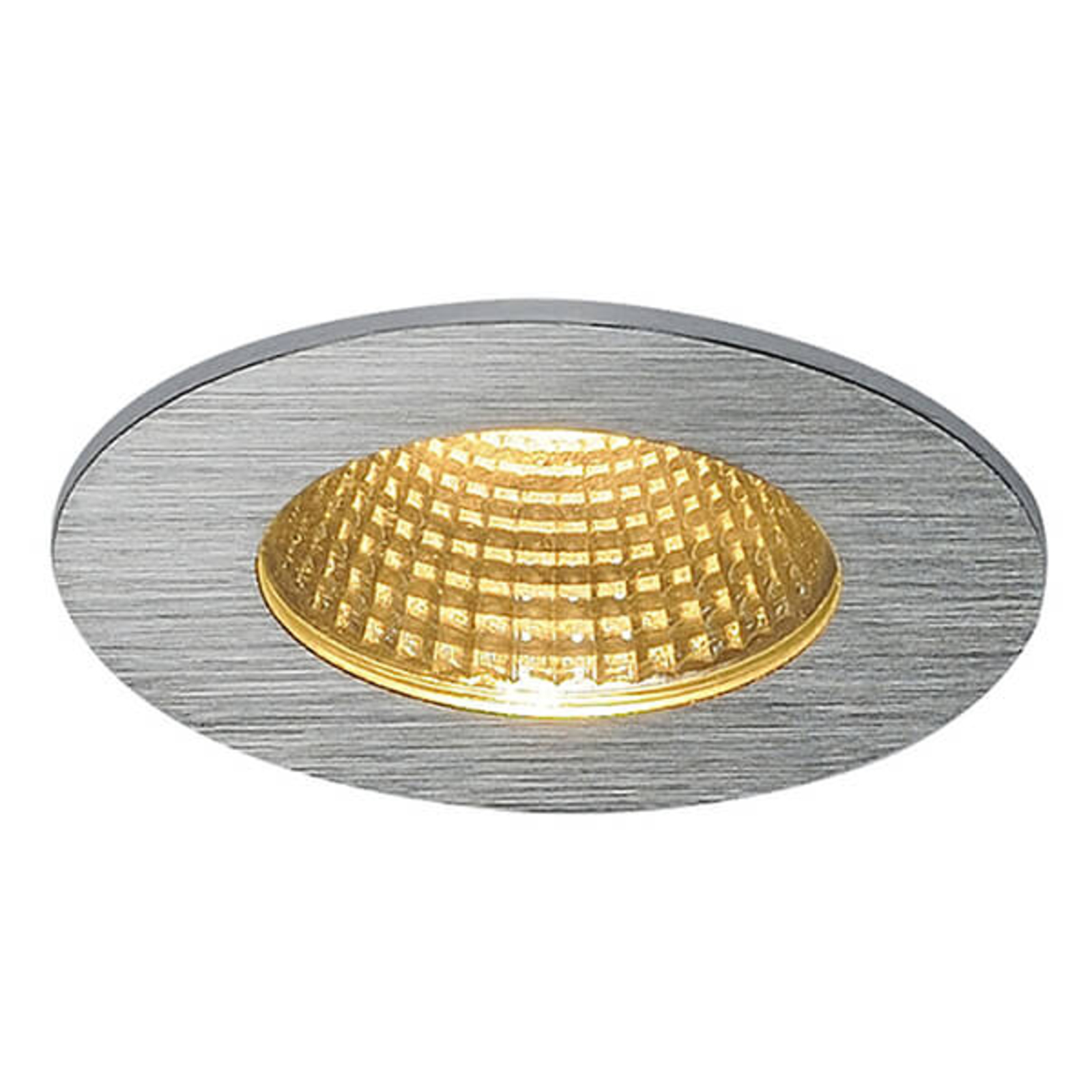- 50 days free returns
- Rated 'Great' on Trustpilot
- Europe's largest selection of brands
Shower lighting - safe and stylish lighting solutions for the shower area
A warm jet of water hits your skin, the room fills with cosy steam and the light? It provides peace, orientation and atmosphere at the same time. The right lighting in the shower transforms the daily shower into a tangible moment of well-being. Whether in the morning as a gentle start to the day or in the evening as a relaxing time-out: light accompanies these moments in a pleasant and functional way. In an area that is constantly in contact with moisture and water, it is not only the appearance that counts, but above all safety, quality and reliability.
Waterproof shower lighting - protection and safety in wet areas
Water, moisture and electricity come into direct contact in the shower, an area that places special demands on lighting. To ensure safety here, the correct IP code plays a decisive role. Models with IP code IP65 or IP67 are specially designed for damp zones such as the shower. They offer protection against water jets from all directions and thus enable safe use even in areas with direct water contact.
Strict requirements apply to particularly sensitive areas within the shower, such as the floor zone directly under the shower head: Directly in the spray water area (e.g. in the shower tray), only lights with IP67 and safety extra-low voltage (max. 12 V) may be used. Up to 2.25 m above the floor, at least IP65 is required. The area around the shower requires at least IP44, in accordance with the DIN VDE 0100-701 standard.
Depending on the installation location within the shower, different zones apply in which only lights with a defined IP67 degree of protection are permitted. For walls or ceilings inside the shower enclosure, lights with a high IP code are particularly recommended, as they are reliably protected against the ingress of spray and water jets. This means that design ideas can be realised without compromising on safety.
The choice of material is also important. Aluminium, stainless steel or high-quality plastics are particularly resistant to moisture and corrosion. This means that the lighting remains permanently functional, even with frequent use, high humidity and direct contact with water.
Professional installation by qualified personnel ensures that all electrical safety requirements are met. This creates a harmonious overall look in the bathroom that fulfils both technical and aesthetic requirements.
Lamps in the shower - models for direct integration in the shower area
Light in the shower must not only be safe, but also unobtrusive and functional. Modern lamps for the shower blend discreetly into the overall look of the bathroom. Flat LED recessed ceiling spotlights, which can be integrated directly into the ceiling or side walls of the shower enclosure, are particularly popular. They take up very little space, yet offer a clear lighting effect and create a feeling of spaciousness, ideal for smaller shower areas.
LED lights are the preferred choice due to their longevity and energy efficiency. They generate hardly any heat, are immediately bright and are available in various luminous intensities. Their design allows the light to be directed flexibly, depending on whether a wide beam of light or targeted accent lighting is required.
A combination of several recessed spotlights is particularly useful in the shower area. These distribute the light evenly over tiles, glass surfaces and fittings without causing glare. This creates exciting light reflections that lend the room a special depth.
Flat surface-mounted lights with a high IP code can also be used in modern showers. They are particularly suitable where installations in the ceiling are not possible, for example in concrete ceilings or in old buildings. Depending on the design, these models emphasise the architectural style of the bathroom, whether purist, natural or urban.
Shower light - atmospheric and functional lighting design
Light not only plays a functional role in the shower, but also influences the sense of space and mood. In modern bathrooms in particular, light is used in a targeted manner to create a relaxing or energising atmosphere. Today, shower lighting can be designed to be both practical and emotional.
A well thought-out concept combines ambient lighting with targeted accents. While basic lighting provides orientation and safety, specifically placed light sources can create atmospheric effects. Built-in LED strips or spots in wall niches, under seats or in ceiling recesses make the shower area look elegant without being obtrusive.
Indirect light sources are particularly suitable for level-access showers or open shower areas. They create a calm, glare-free lighting atmosphere that visually enlarges and enhances the room. An interplay of warm light in the shower area and neutral light in the rest of the bathroom can also be used deliberately to visually separate zones and emphasise different functions.
Dimmable light sources allow flexible adjustment depending on the time of day or personal needs, from bright functional light in the morning to a subdued evening mood. The matching shower lights therefore not only create visibility, but also atmosphere, without compromising on safety.
Some models also offer smart control options via app or voice assistant. Colour changes or individually adjustable lighting programmes create an even more personal lighting mood in the shower area, ideal for modern, digitally equipped bathrooms.
Shower lamps - suitable placement and practical applications
The right lamp for the shower depends on the space available and the desired lighting effect. It is important that the light illuminates the shower area evenly without dazzling or creating unwanted shadows. Flat lights or targeted spots offer an effective solution, especially where space is limited.
In walk-in showers with glass partitions, the light can be integrated particularly well into the ceiling. Recessed spotlights or flat ceiling lights create a tidy look and provide direct illumination. In shower enclosures with a fixed wall structure, it can be useful to attach additional light sources to the side of the wall, for example in the form of small spots or LED panels.
The optimum height of the light depends on the room height and the desired lighting effect. As a rule, a position above the shower head, so that the light can shine vertically downwards, is a good idea. The water itself becomes a projection surface and reflects the light naturally in the room.
Many models can be easily integrated into the existing bathroom lighting system, for example with identical light colours, shared controls or dimmable functions. This creates a harmonious overall impression in which all light sources interact perfectly, from the shower to the mirror and the washbasin.
IP65 recessed spotlight for shower - discreet solution with high IP code
Recessed spotlights with IP65 code are one of the most popular lighting solutions for the shower area. They combine technical safety with understated design, ideal for anyone who favours a clear, modern bathroom design. Thanks to their flat design, the spotlights blend discreetly into the ceiling while still providing powerful, uniform illumination.
Thanks to the high IP code, IP67 recessed spotlights are reliably protected against water jets. This makes them perfect for installation directly above the shower, even with low ceilings or in narrow shower cubicles. They can also be used in recesses or sloping ceilings without any problems and without compromising on functionality.
One advantage: many models are swivelling or dimmable. This allows the light to be targeted and adapted to individual requirements, whether to emphasise individual areas or to create atmospheric lighting conditions. In combination with warm white or cool white LED modules, a harmonious overall appearance is created that combines function and comfort.
These spotlights also score highly in terms of maintenance and installation. Thanks to robust materials and durable LED technology, they are virtually maintenance-free and efficient in terms of consumption. The variety of designs, luminous intensities and accessories enables a customised selection, for small bathrooms as well as for spacious wellness areas.
Shower ceiling light - central light source with high protection class
Ceiling lights for the shower provide a solid, central light source and are ideal if the room is clearly laid out or only a single power connection is available. Equipped with a high IP code, such as IP67, they fulfil all requirements for use in directly wet areas and at the same time offer a clear, functional light image.
Flat ceiling lights with integrated LED technology are particularly practical. They require little installation depth, are also suitable for concrete ceilings or existing buildings and can often be mounted directly on plaster. This makes them a good solution for renovations or retrofitting in the bathroom.
Modern ceiling lights offer numerous design options: From simple, round models to angular or decorative variants with satinised glass or plastic diffusers. The selection of shapes and materials allows adaptation to different furnishing styles, from reduced minimalism to cosy, warm spa flair.
A central ceiling light can also be useful in larger shower areas or open-plan bathrooms if it is supplemented by additional spots or recess lighting. The result is a balanced lighting concept that takes both function and aesthetics into account and combines a feeling of safety with a pleasant lighting experience.
The strike-through prices correspond to the manufacturer's RRP.
Included in the price of LED lights/bulbs is a contribution to recycling costs of €0.05. Included in the price of CFLs/fluorescent bulbs is a contribution to recycling costs of €0.15.
All prices include 23% VAT, delivery costs excluded.

















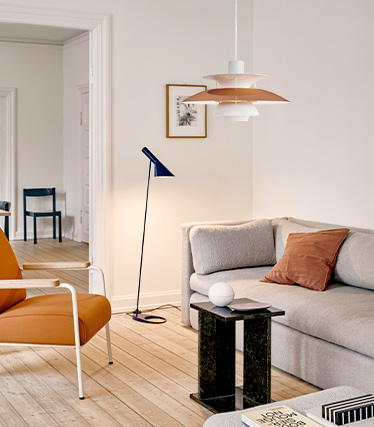










































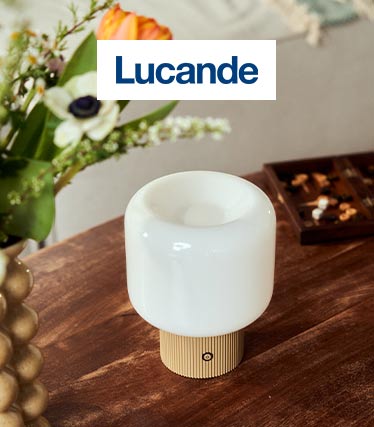



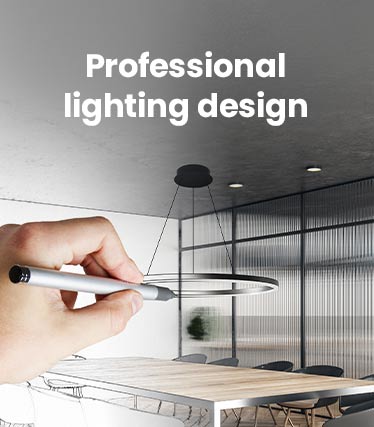





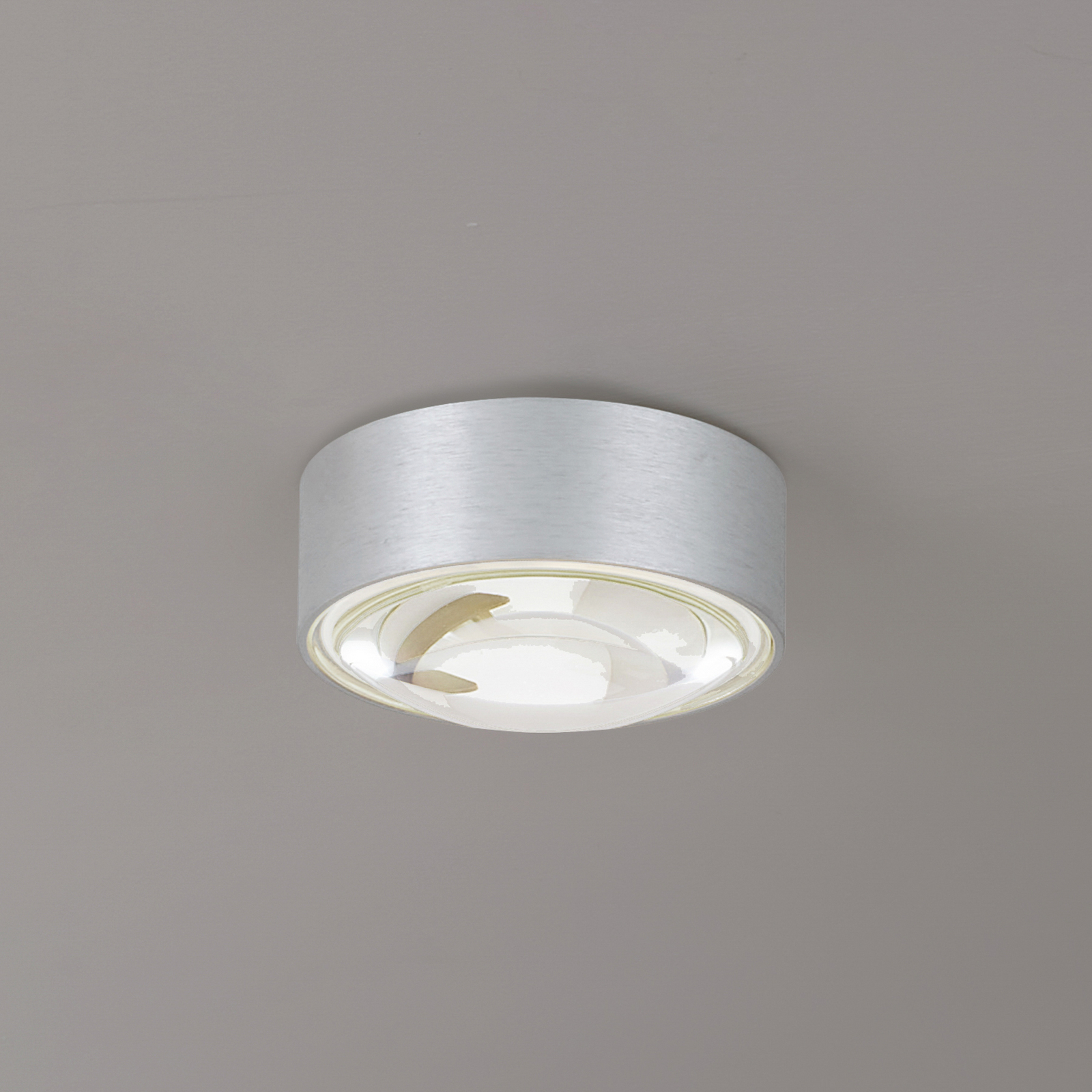
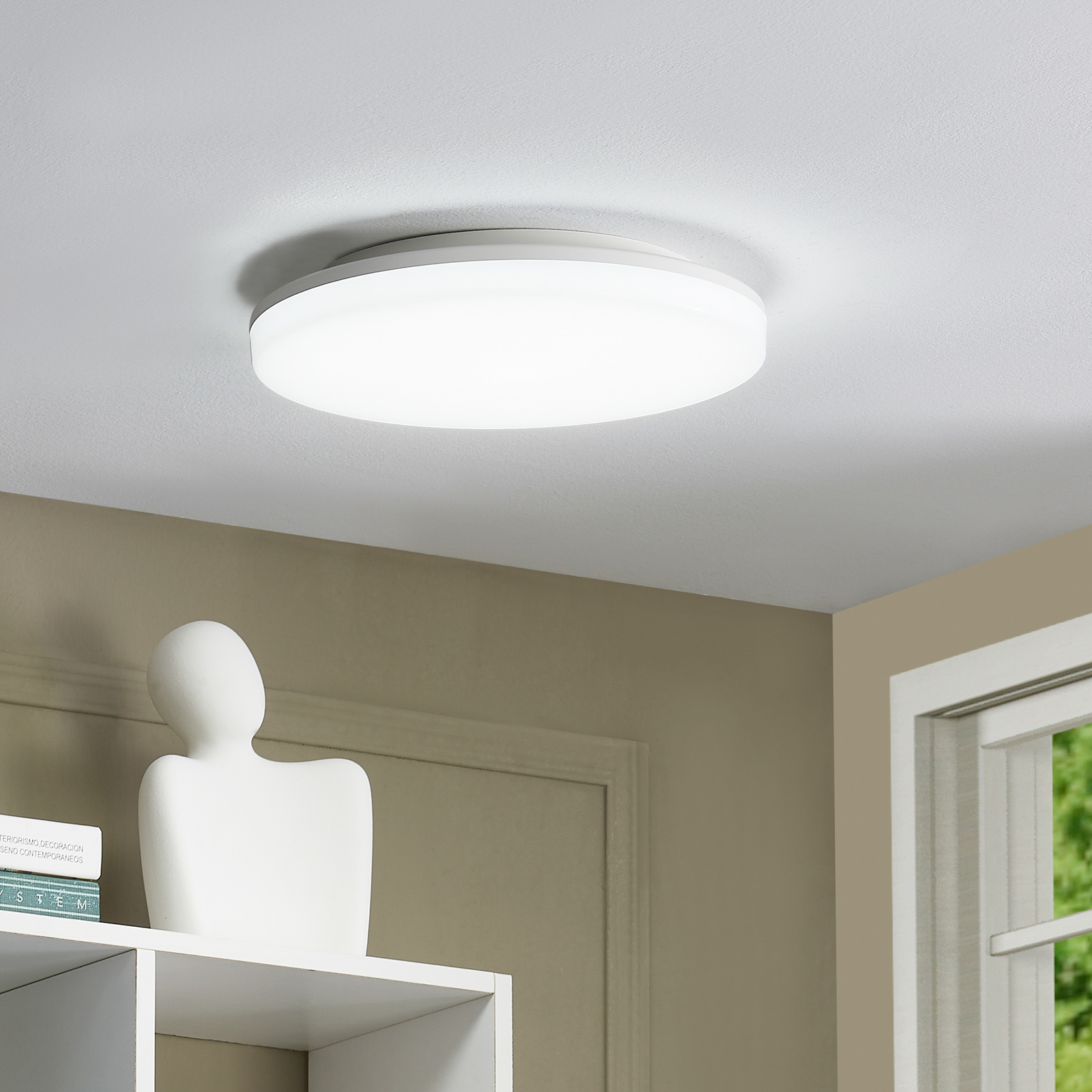
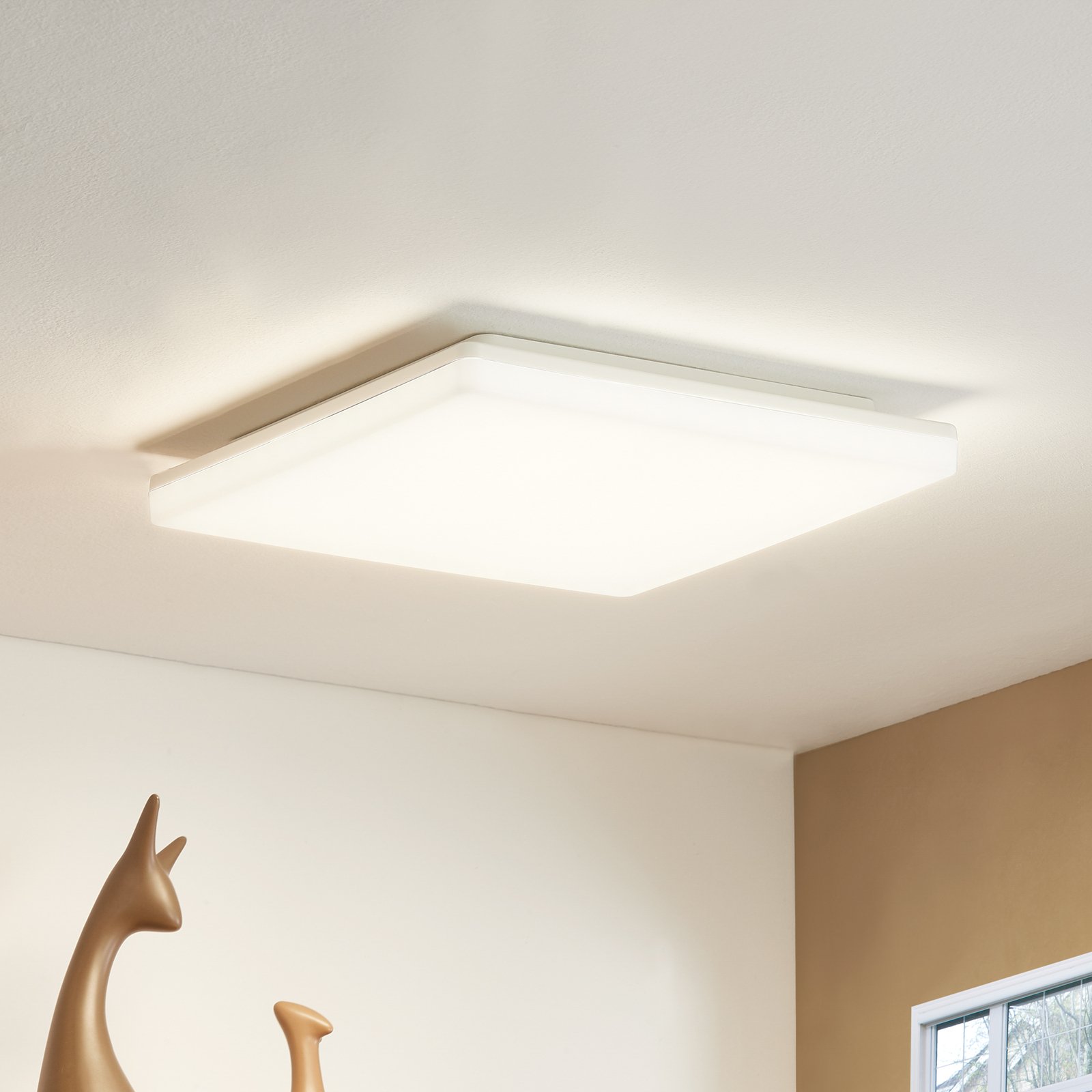

:format(jpeg))
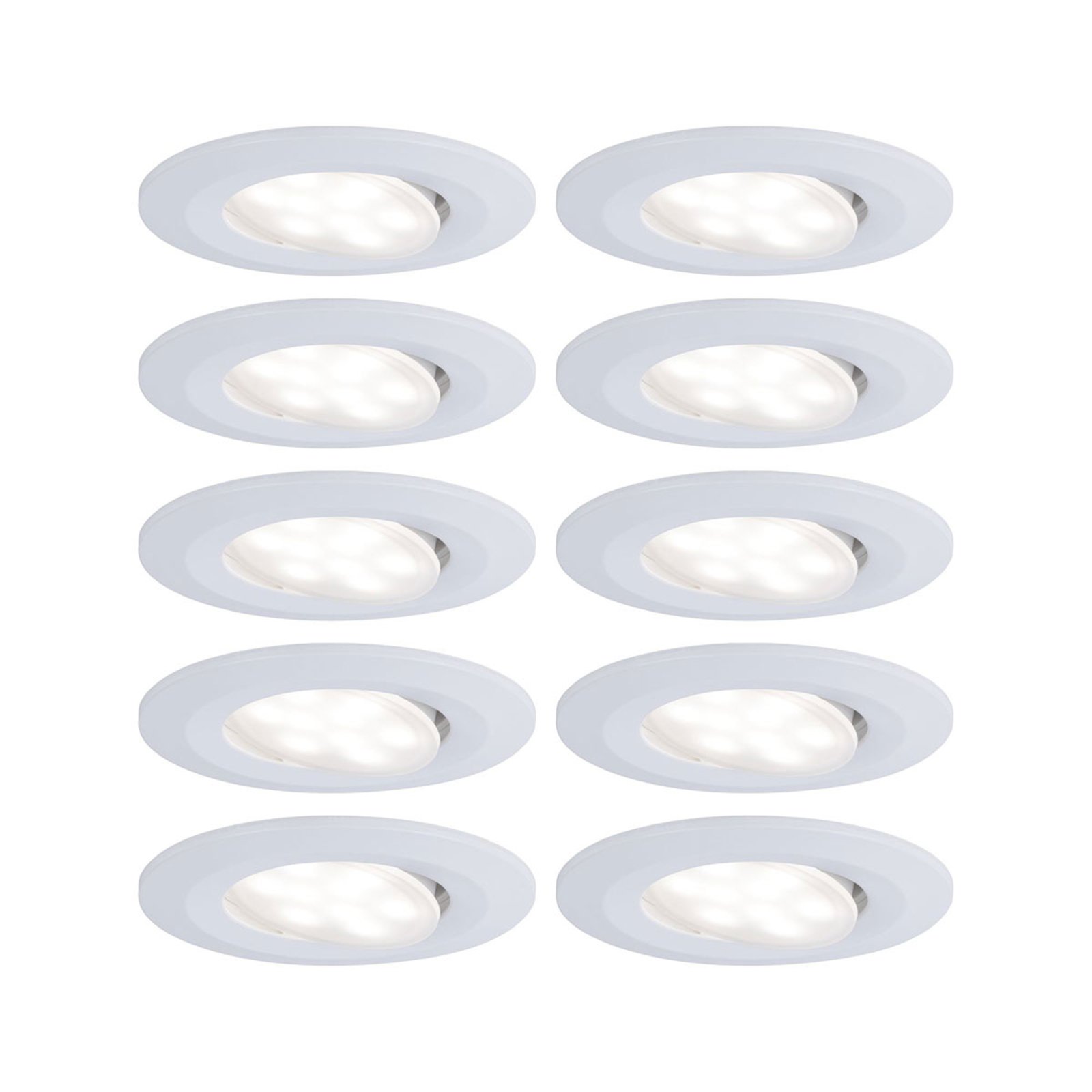
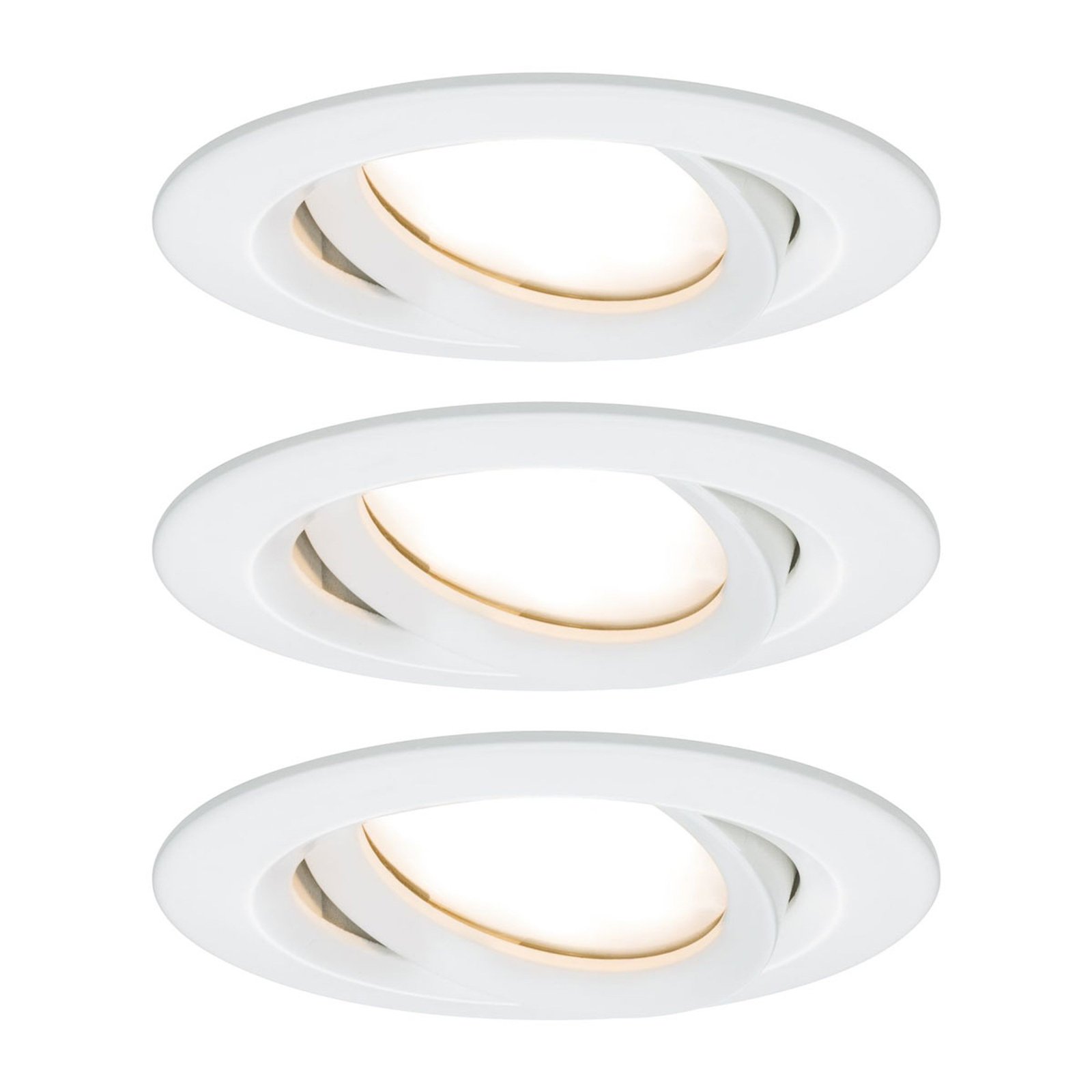
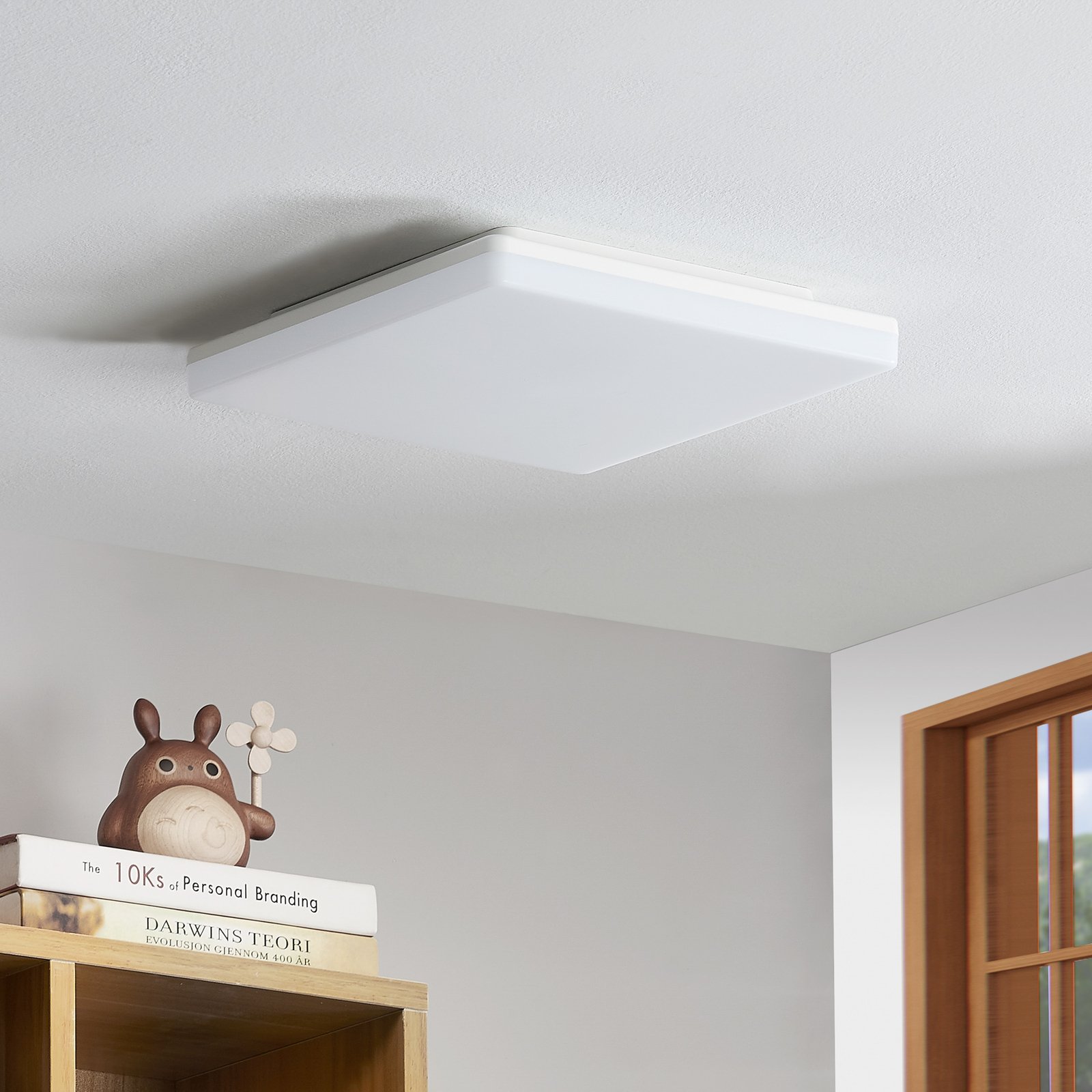

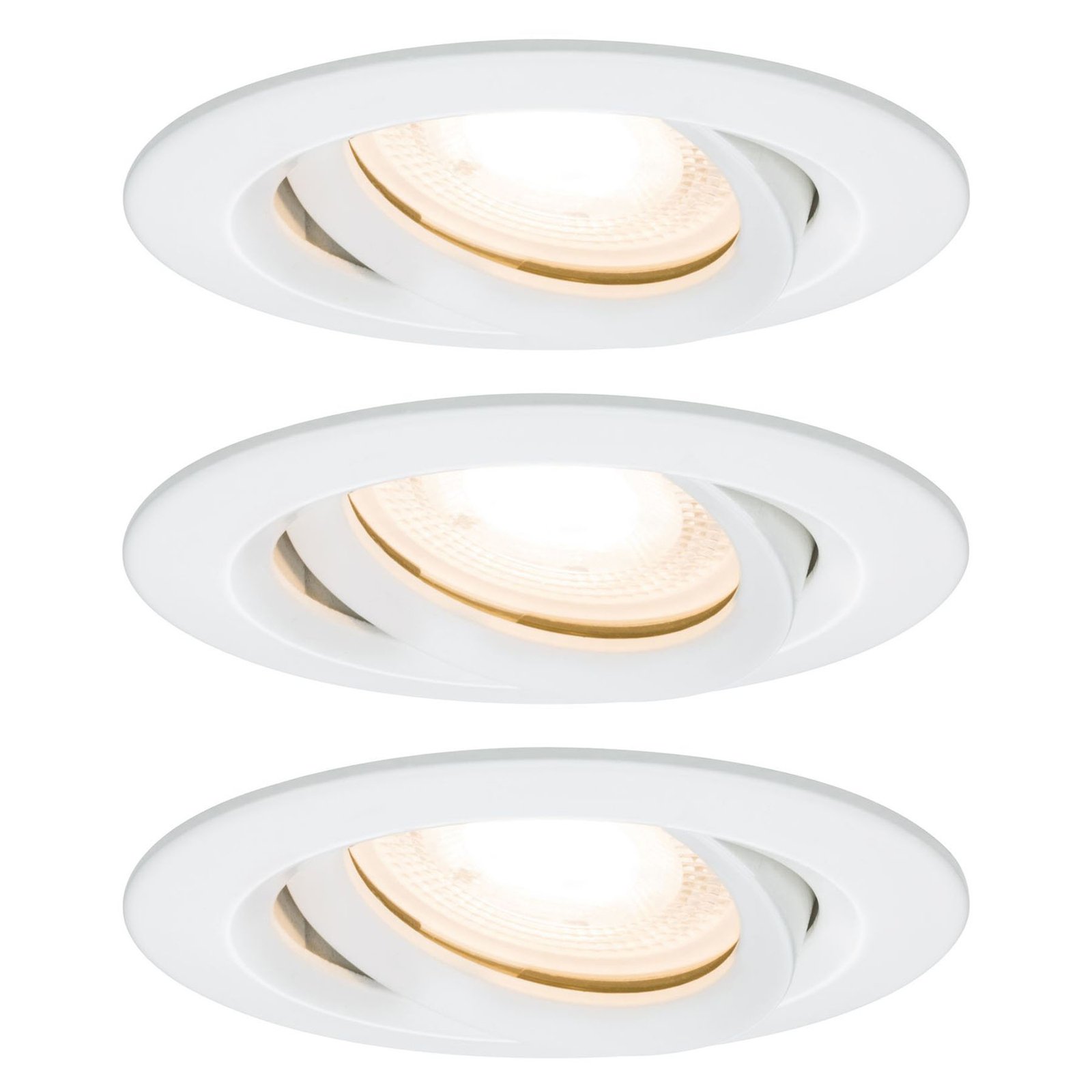
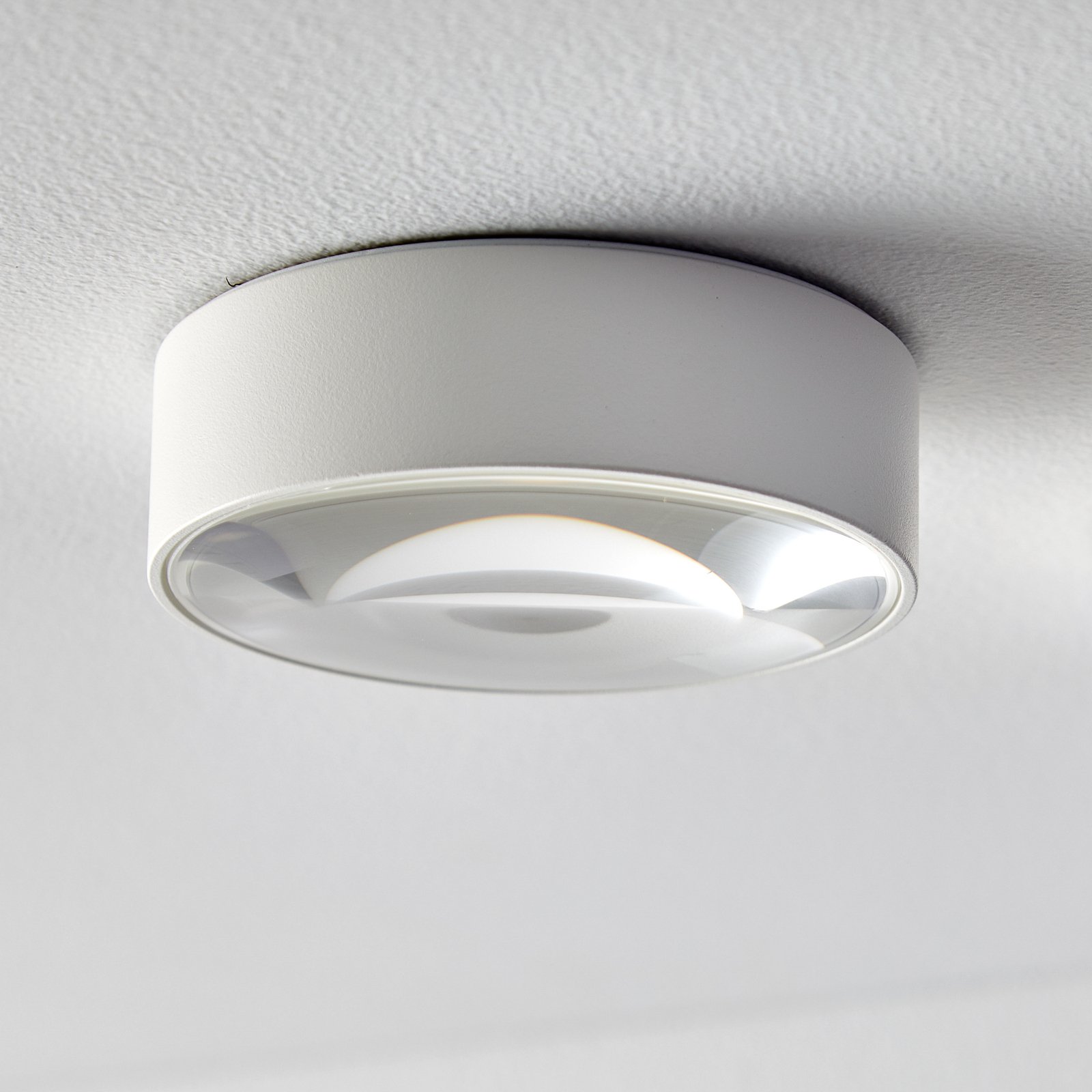

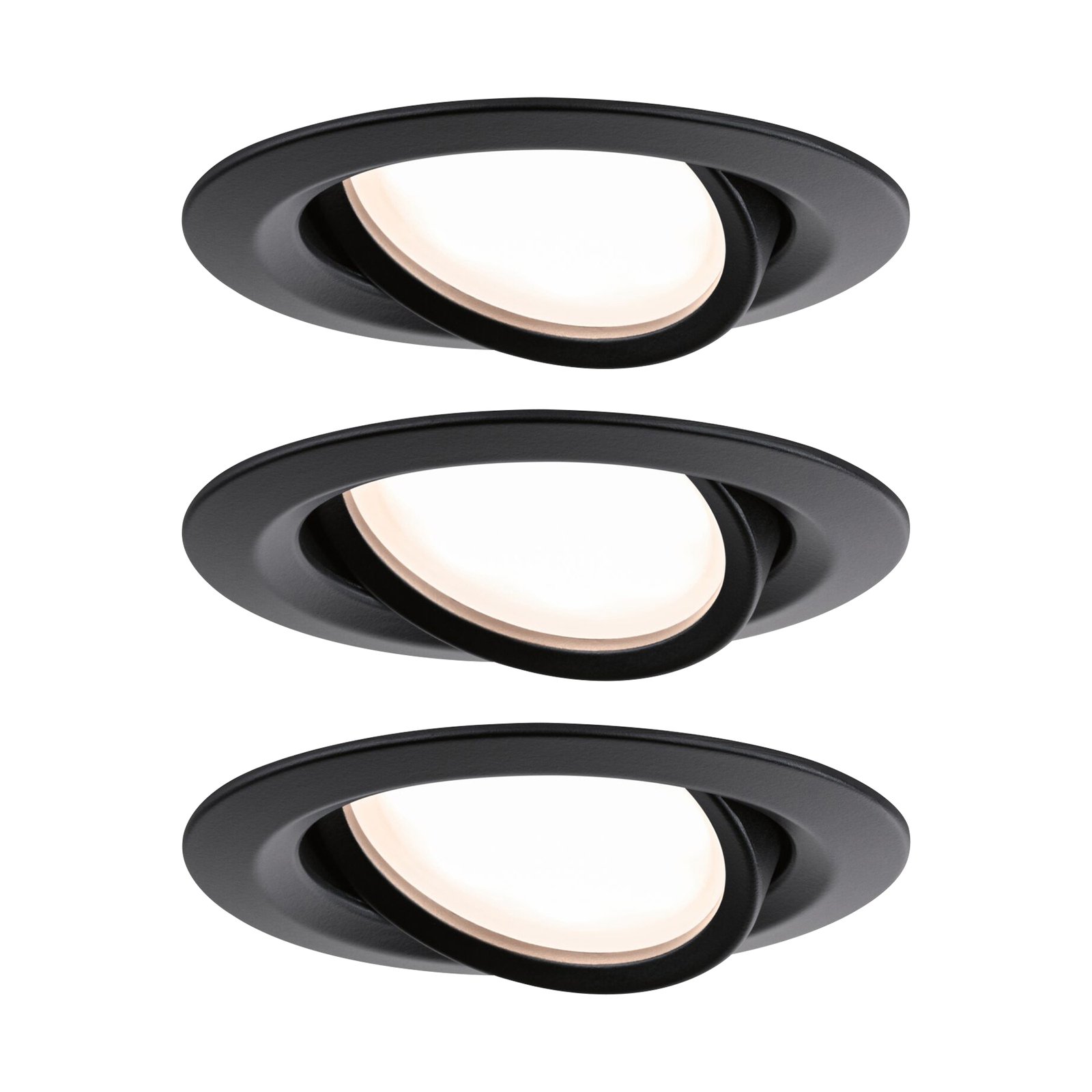

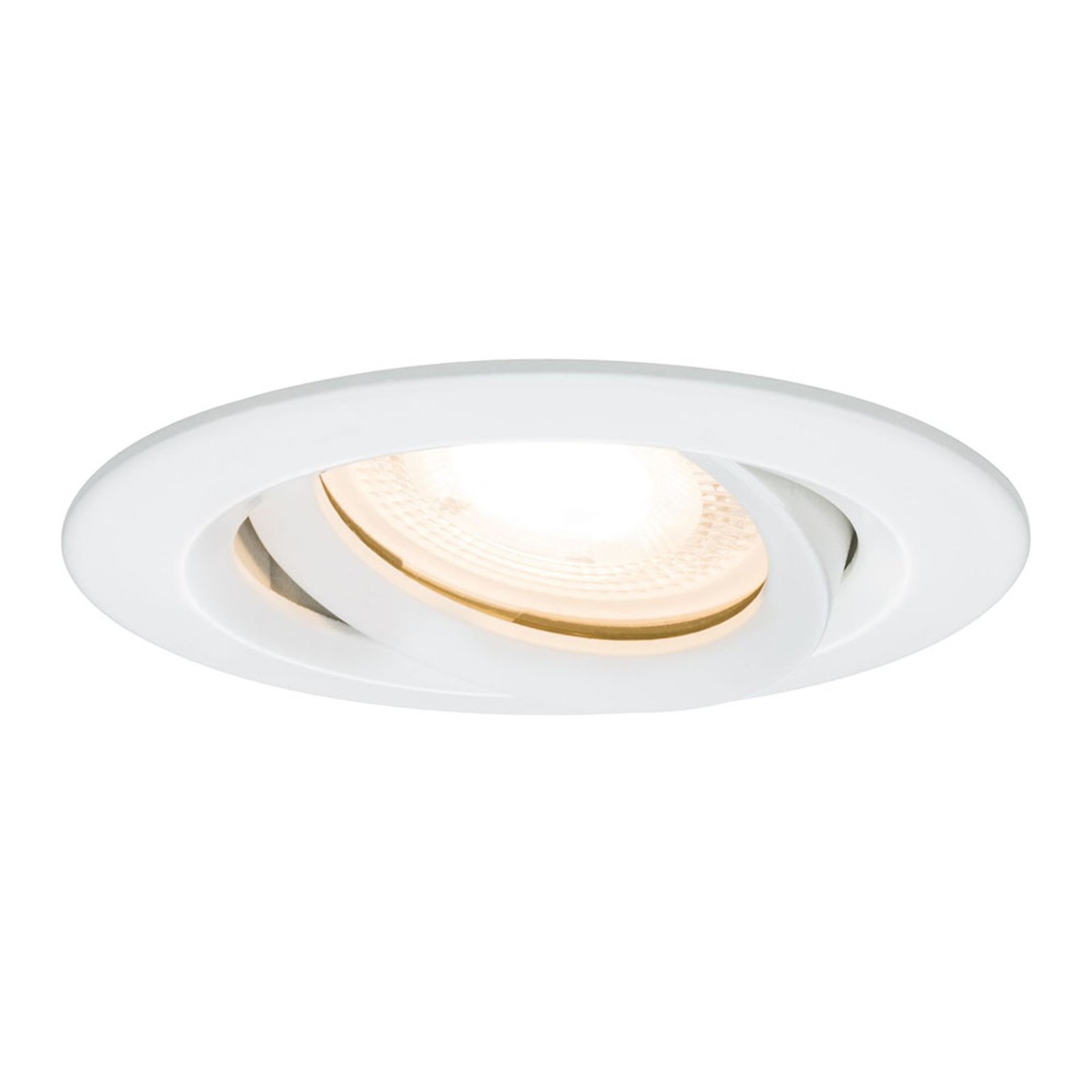

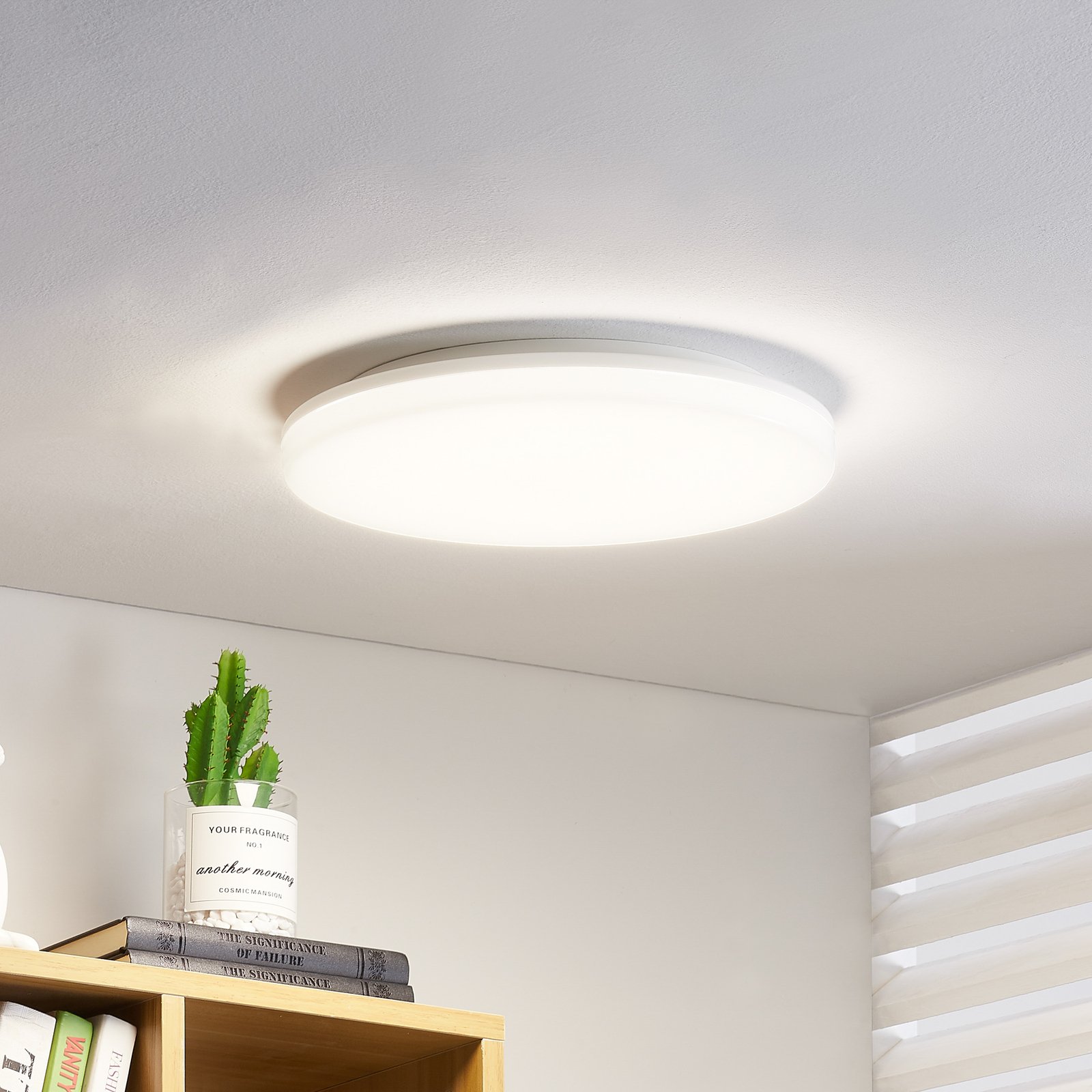
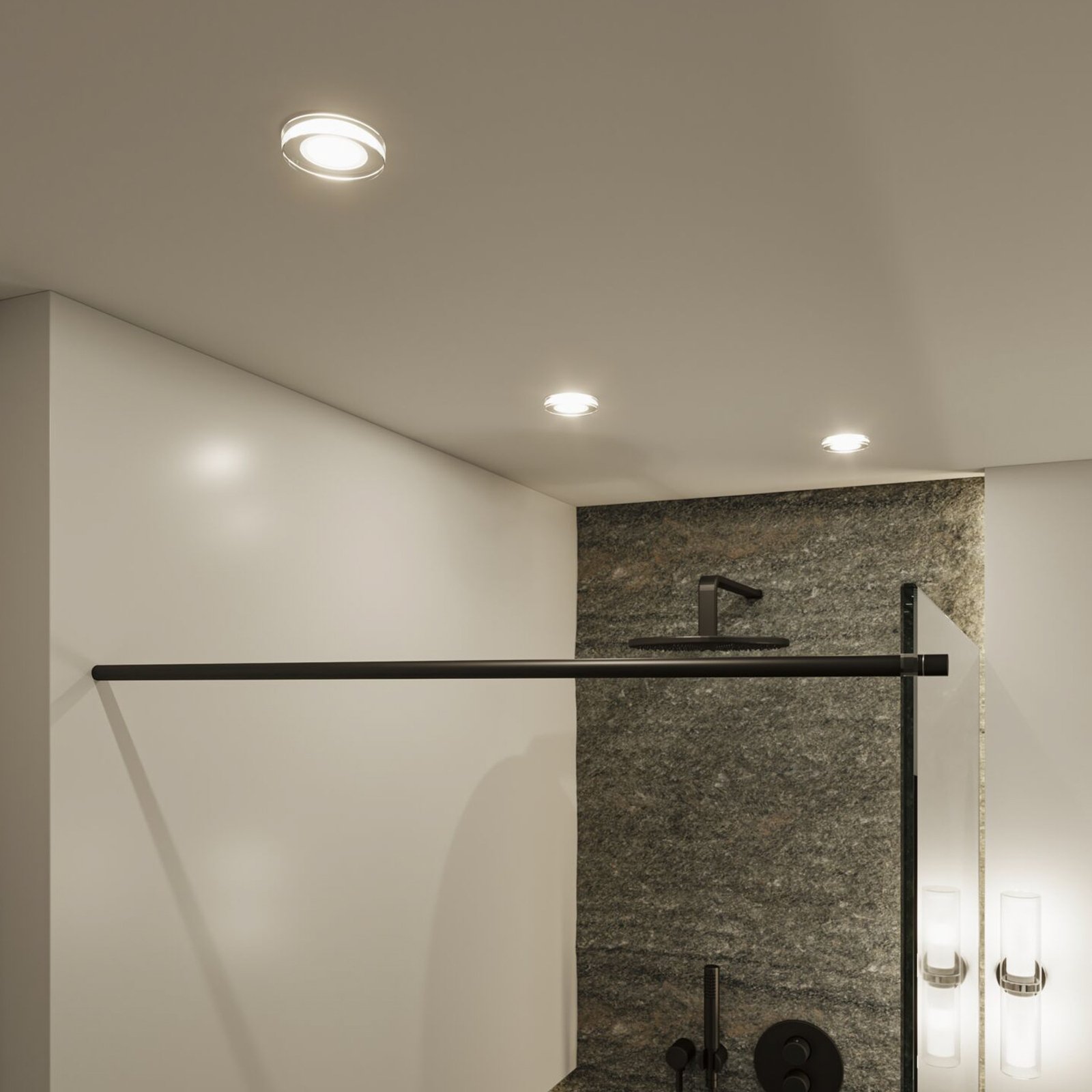
:format(jpeg))
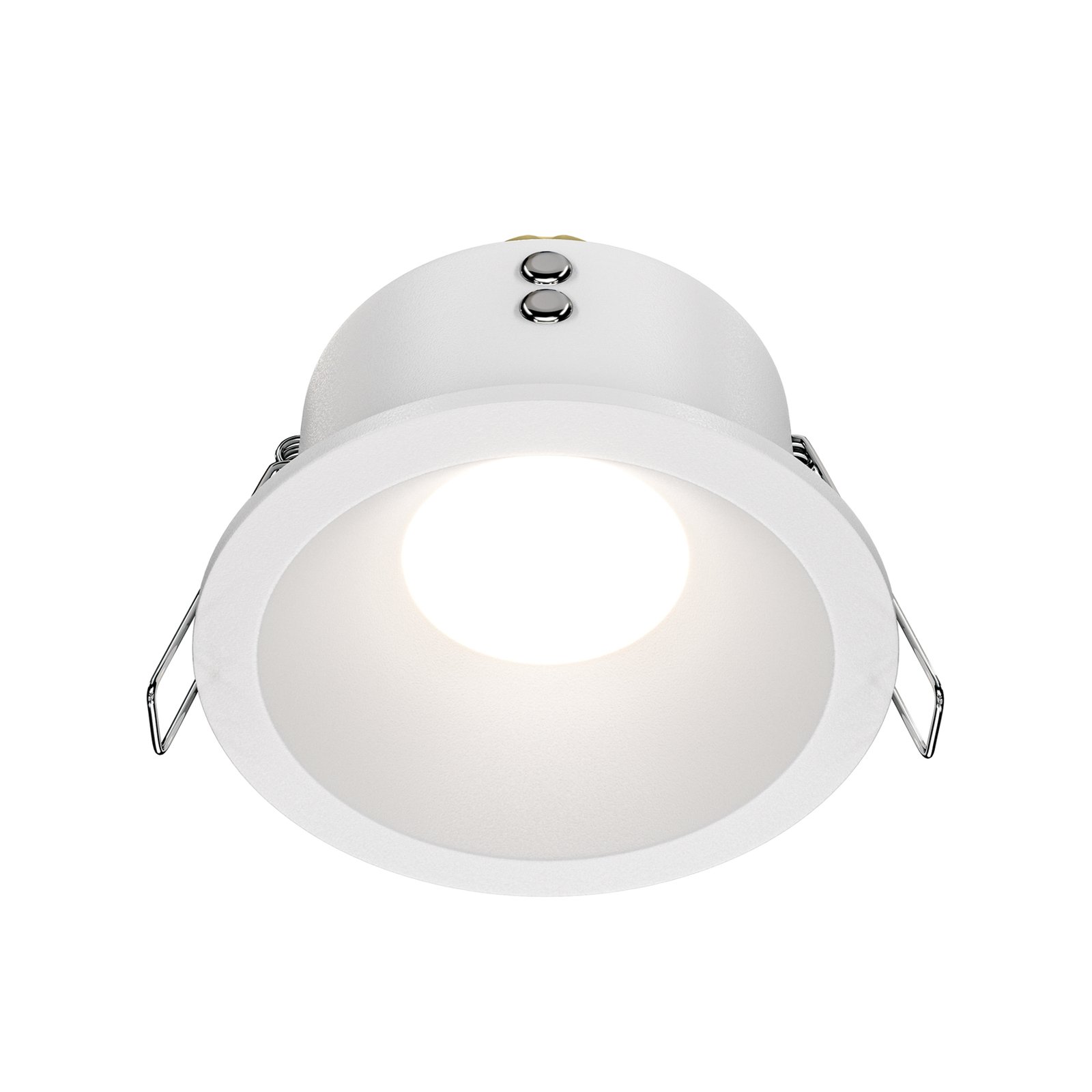
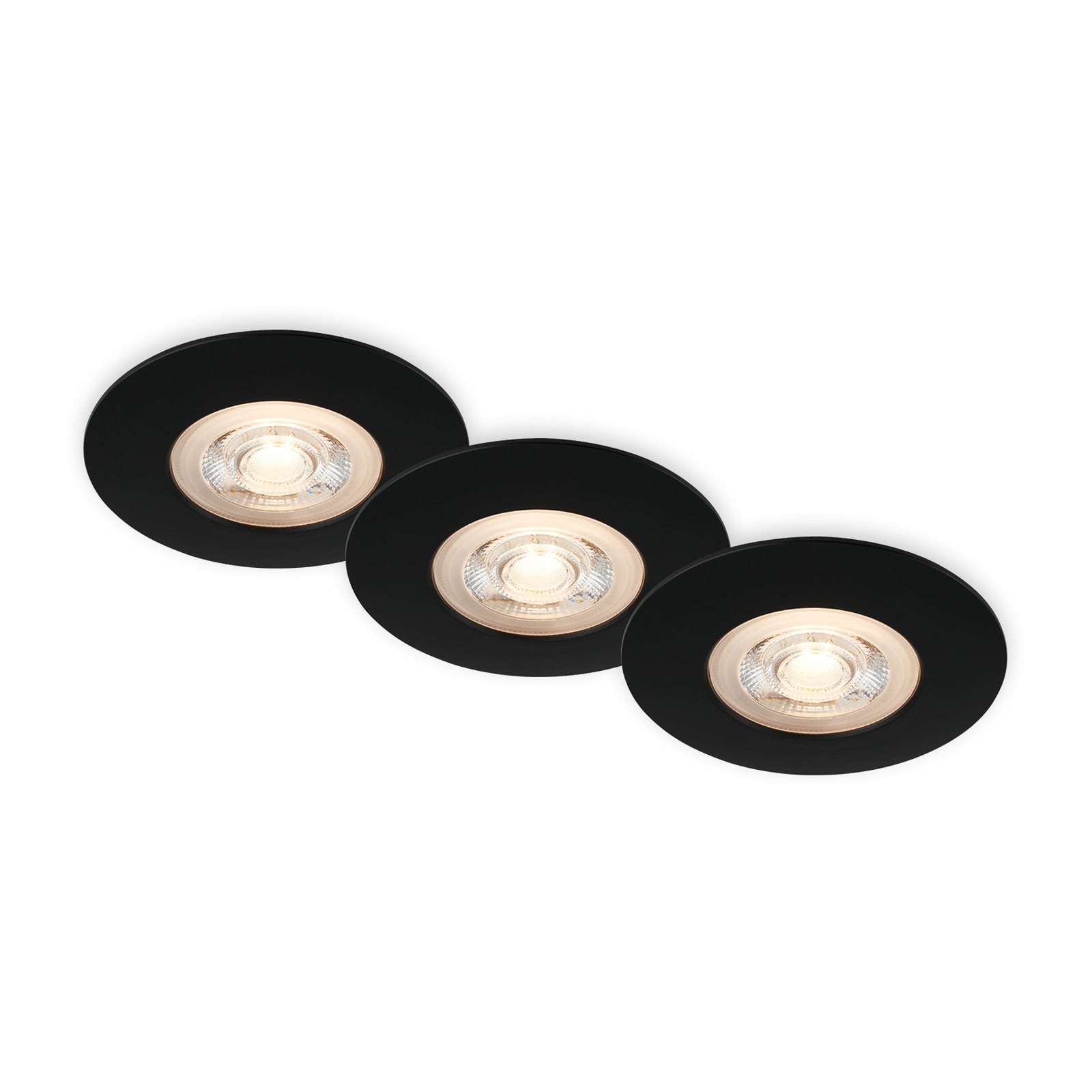
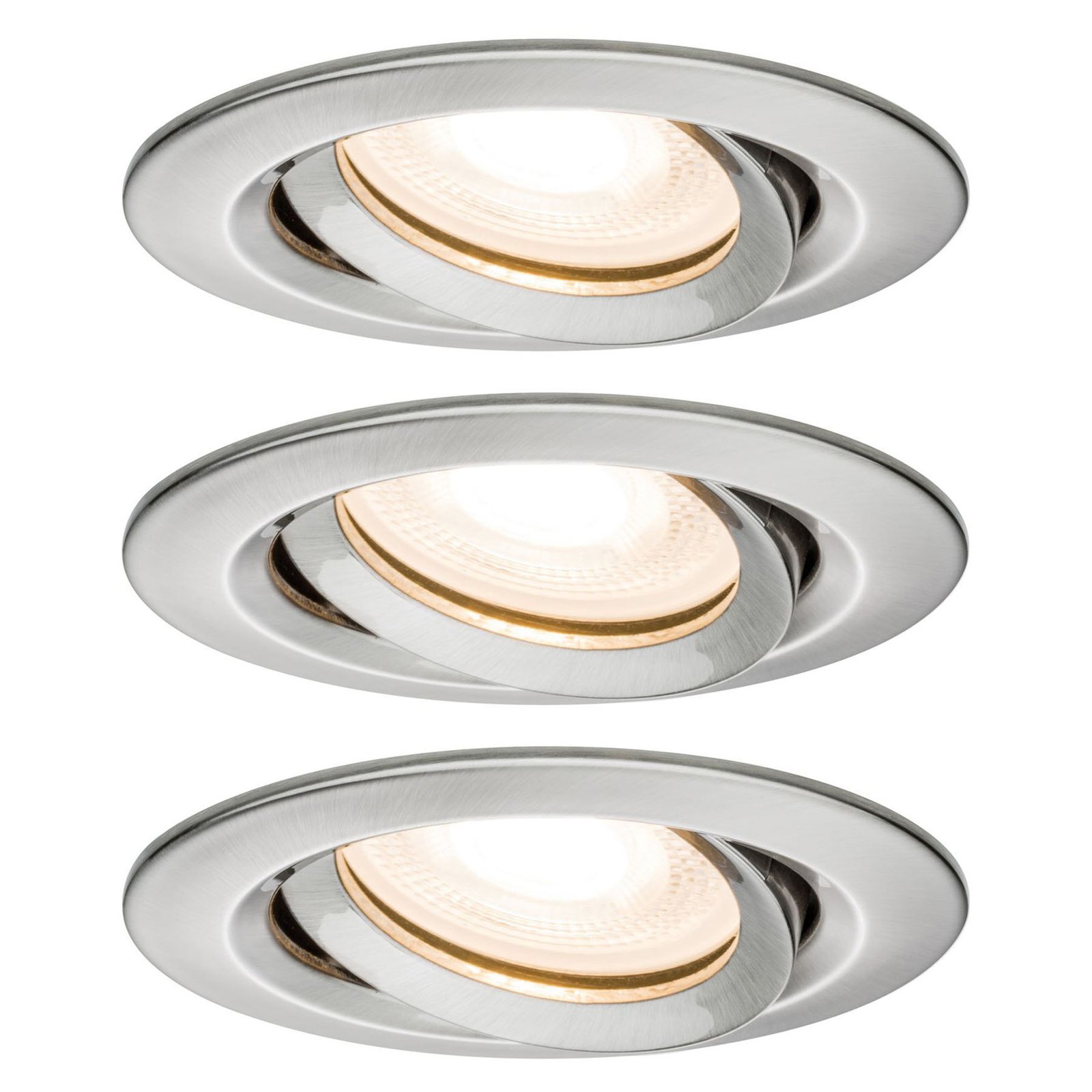
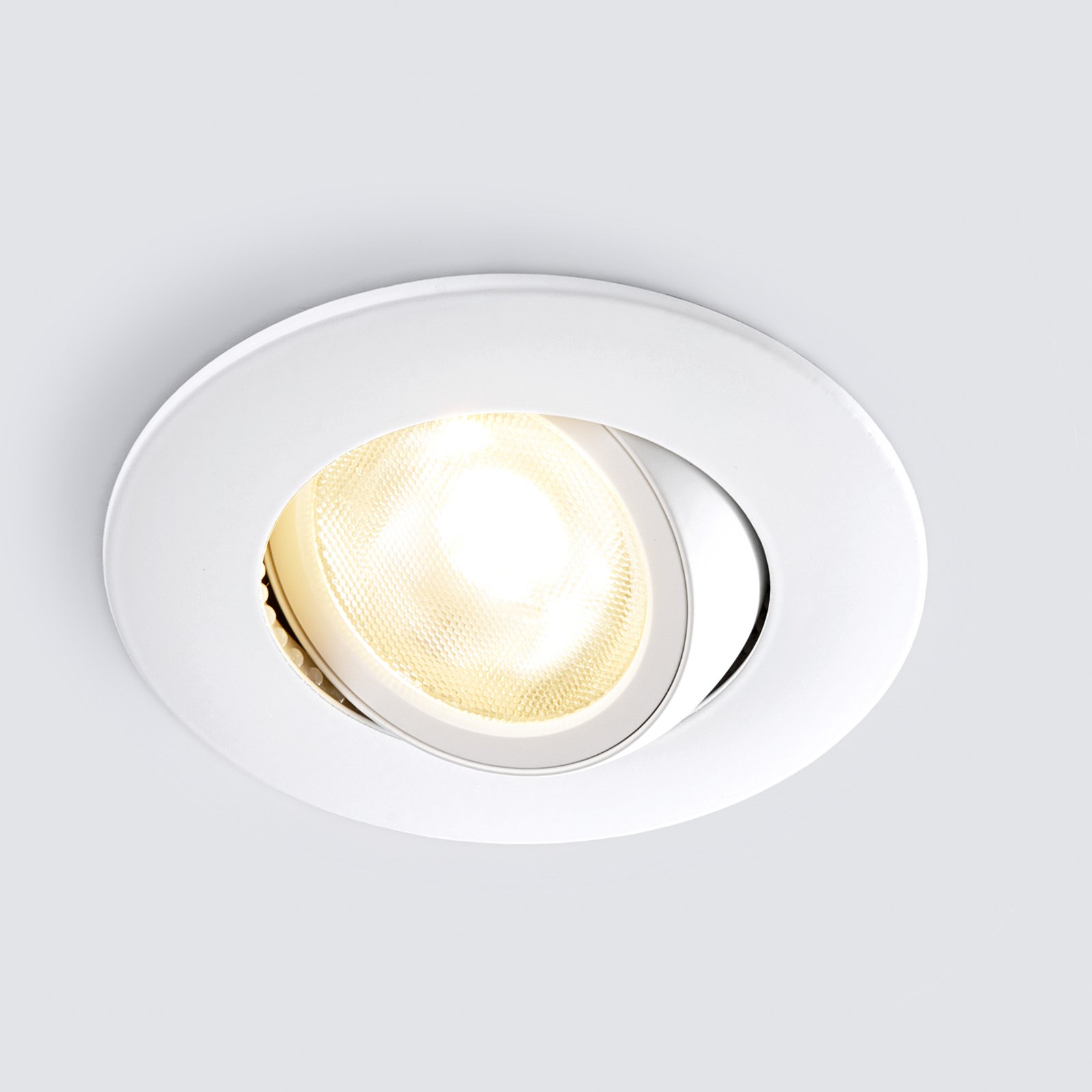
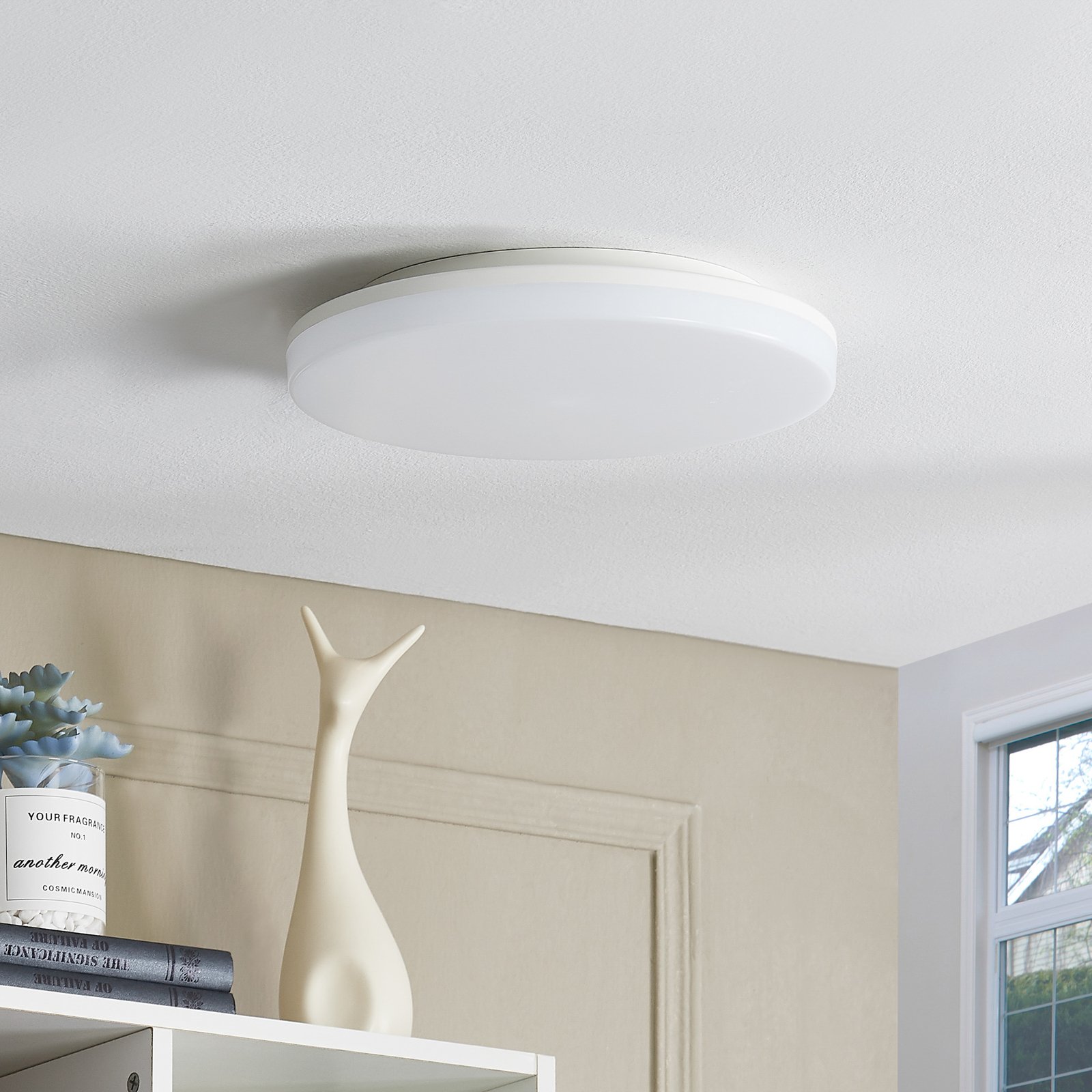
:format(jpeg))
:format(jpeg))
:format(jpeg))
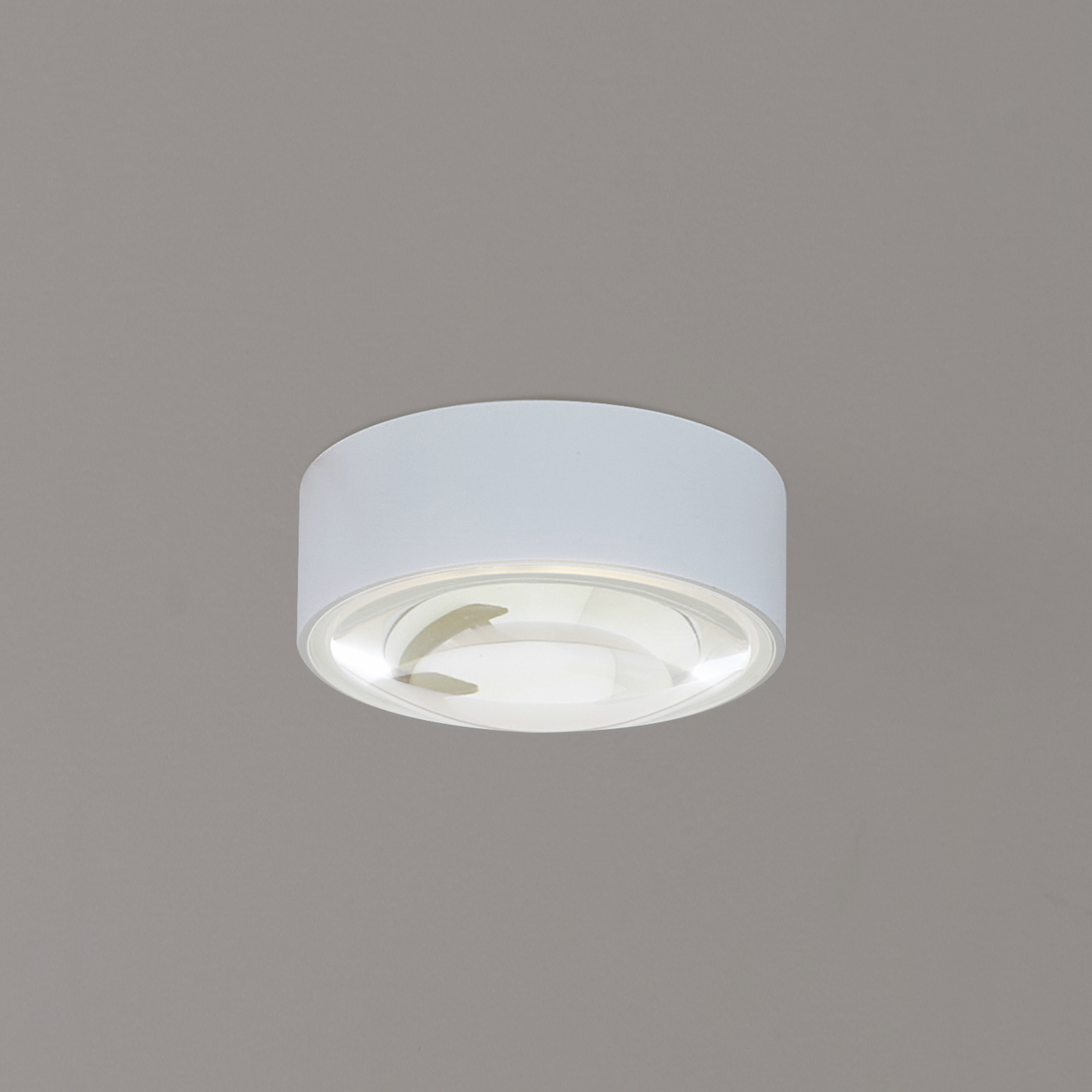

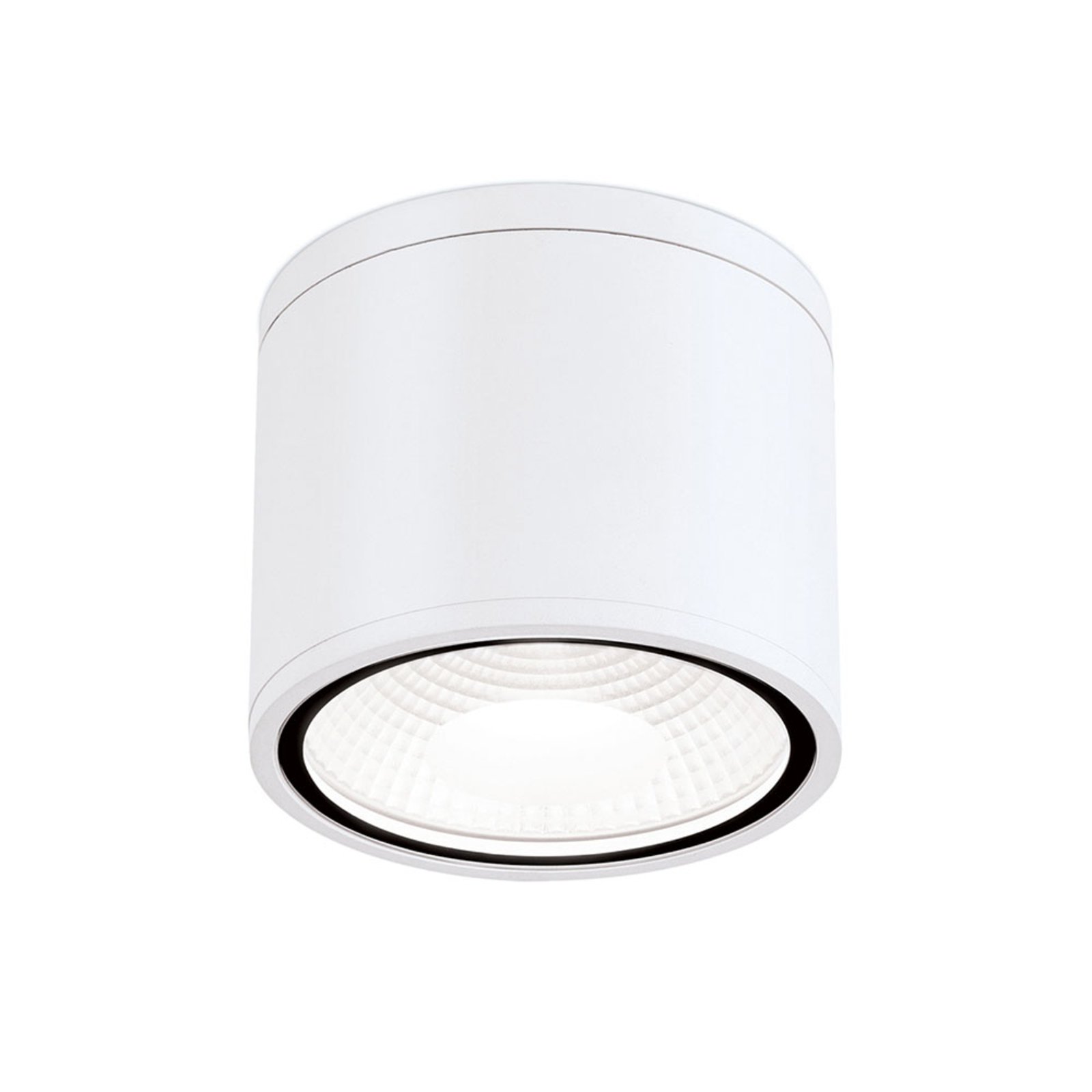
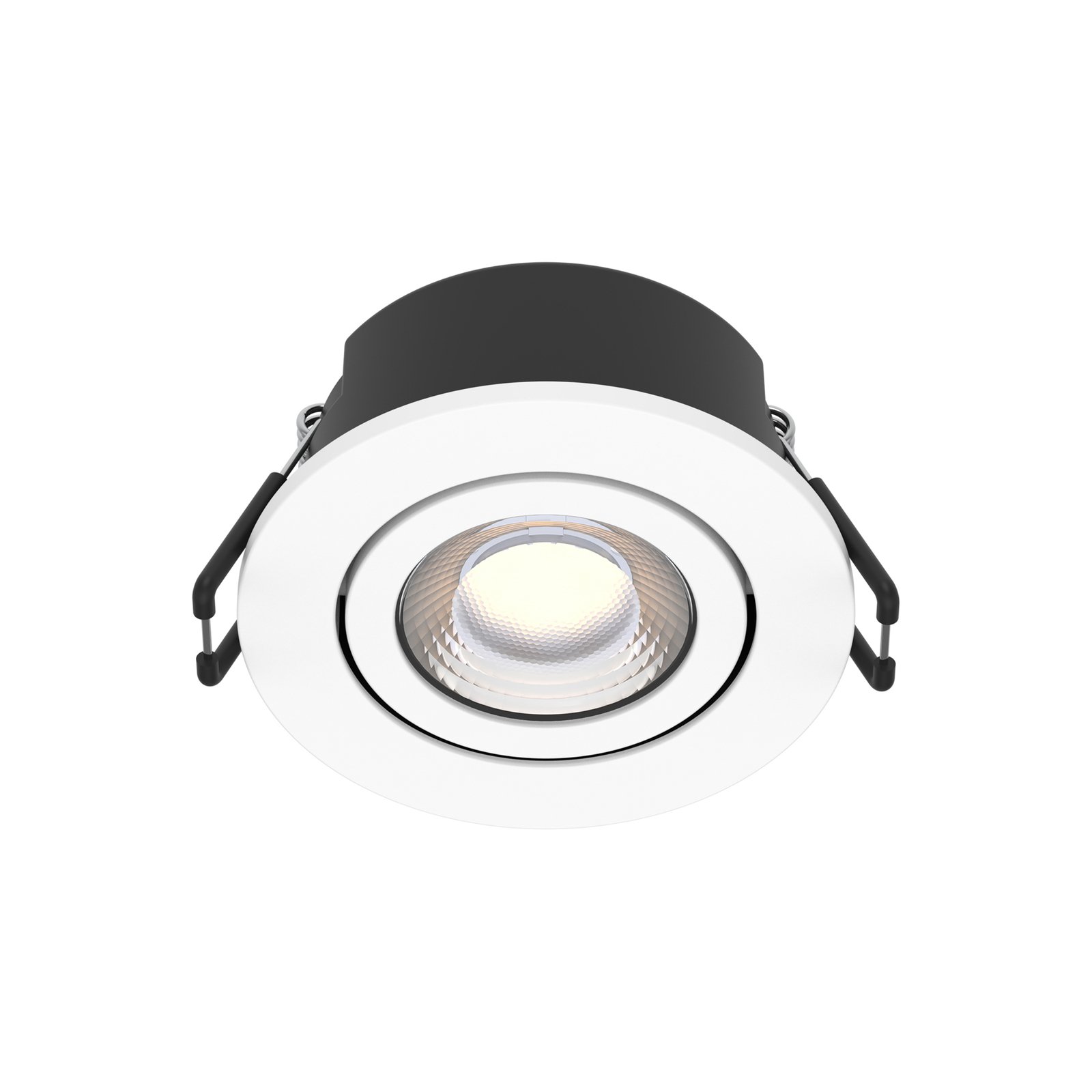
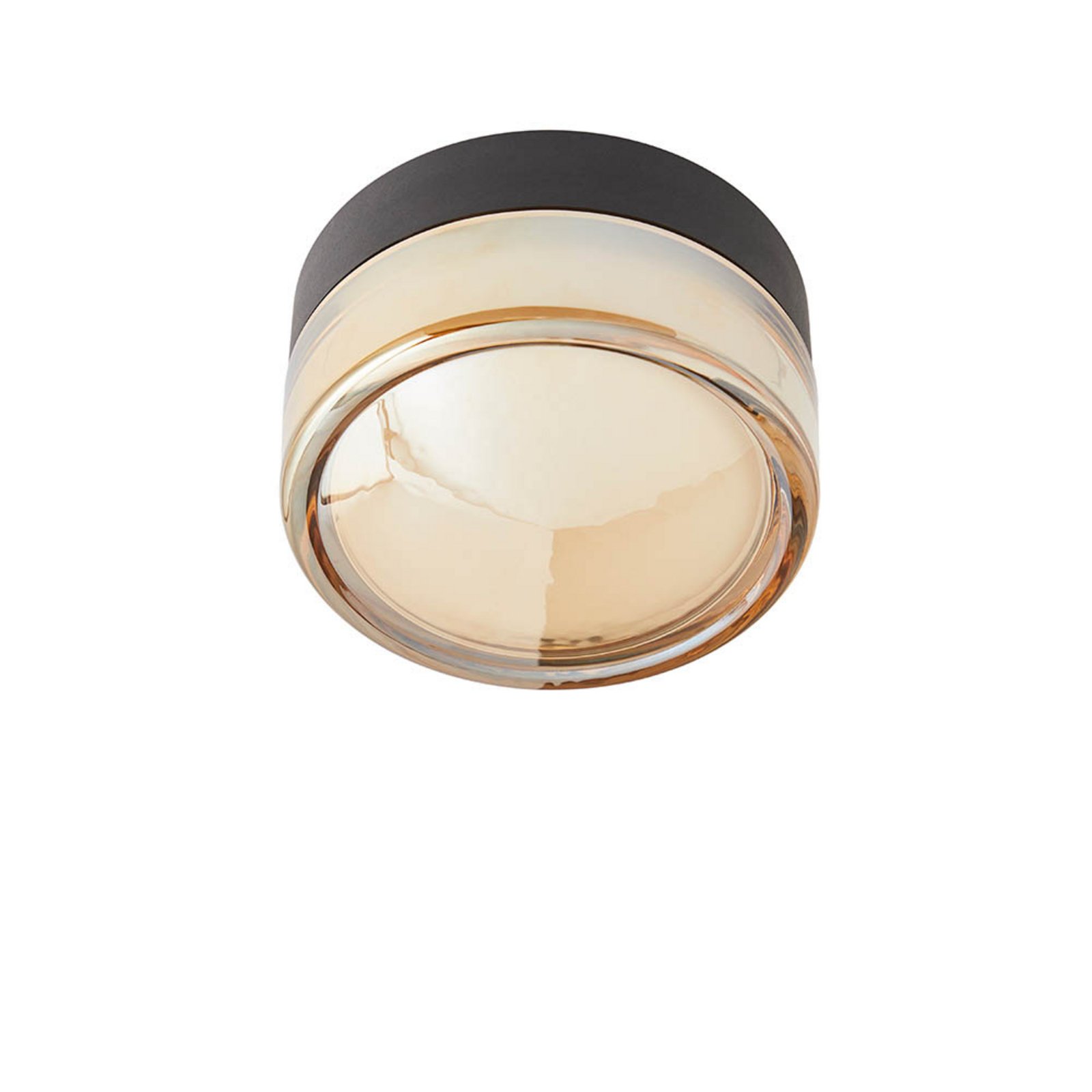
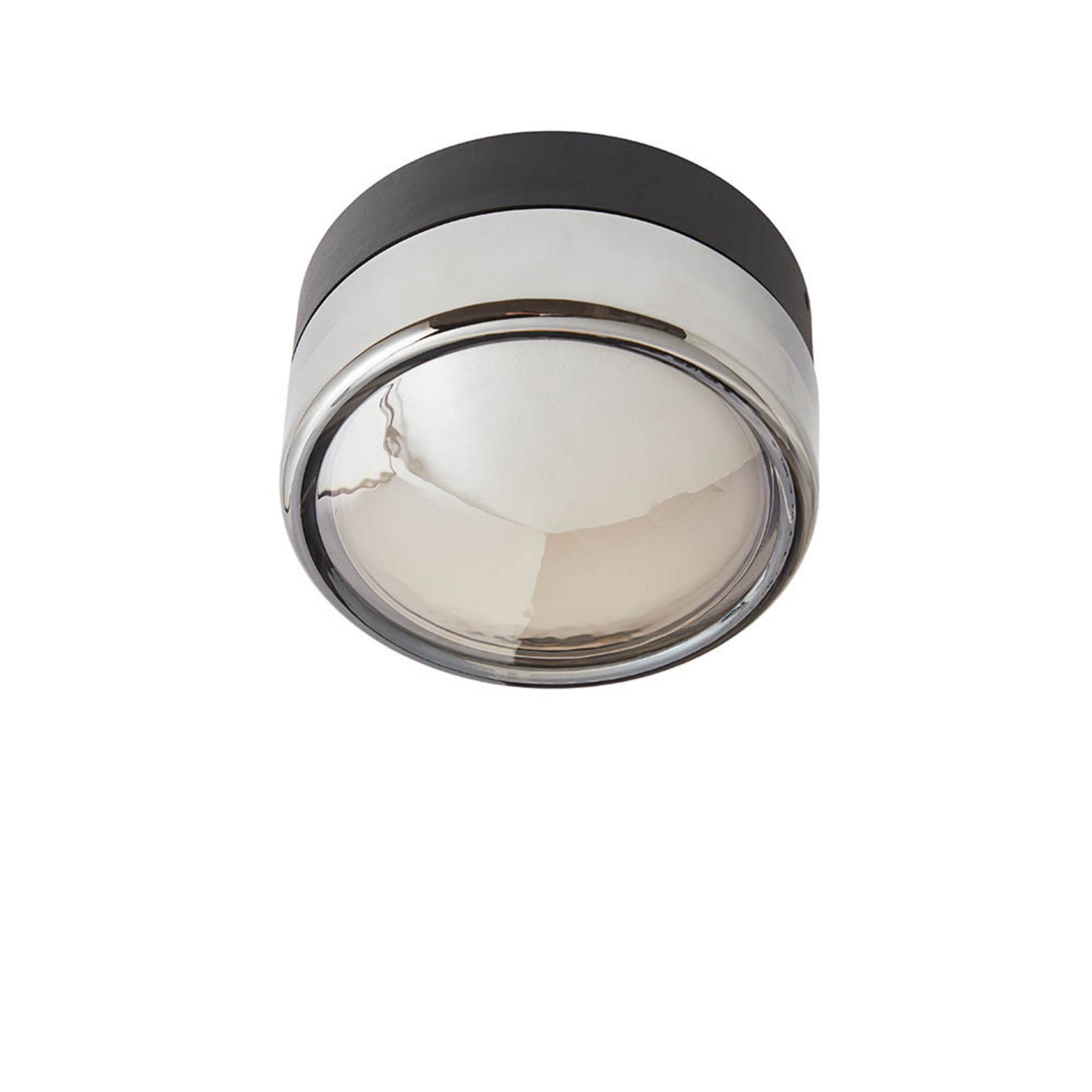
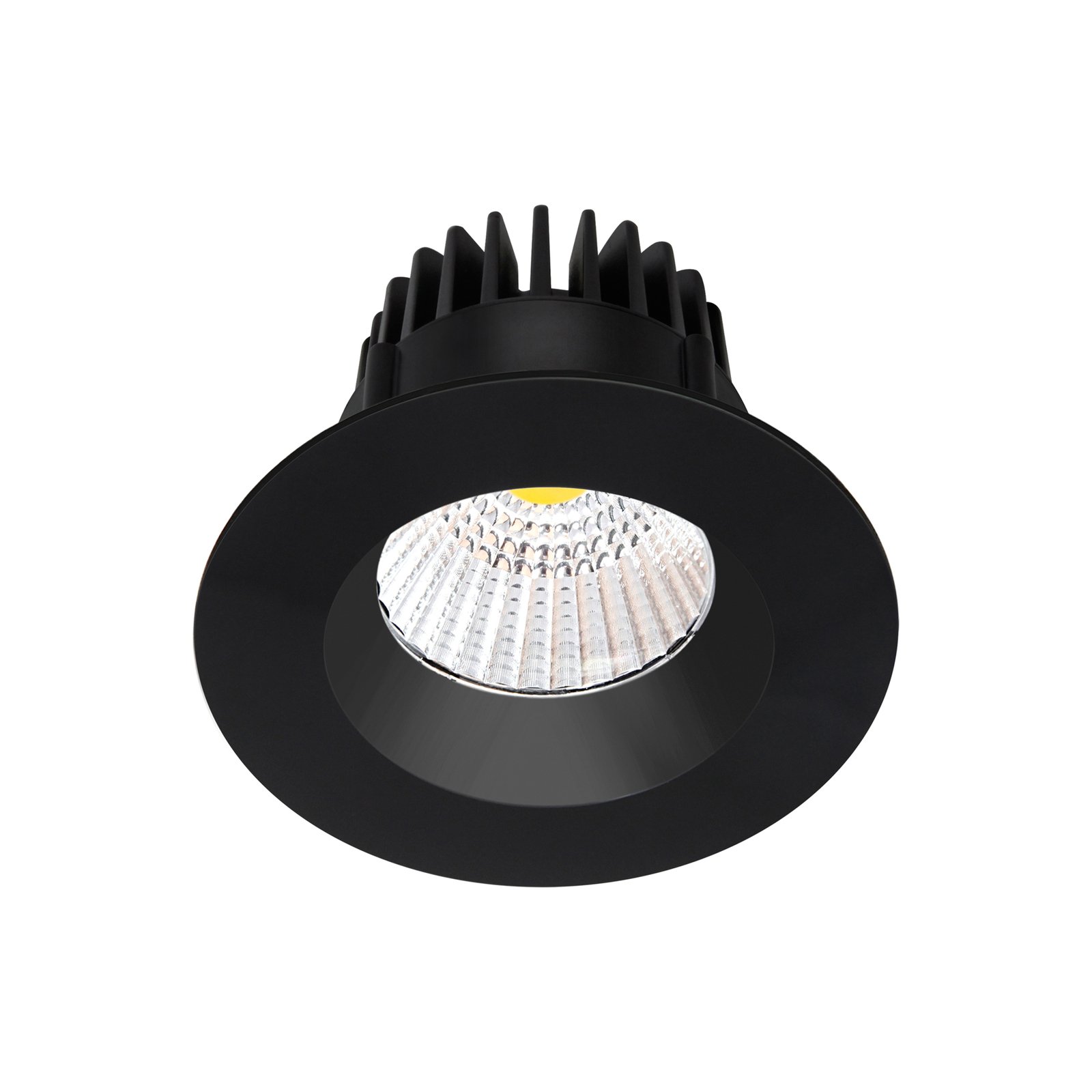
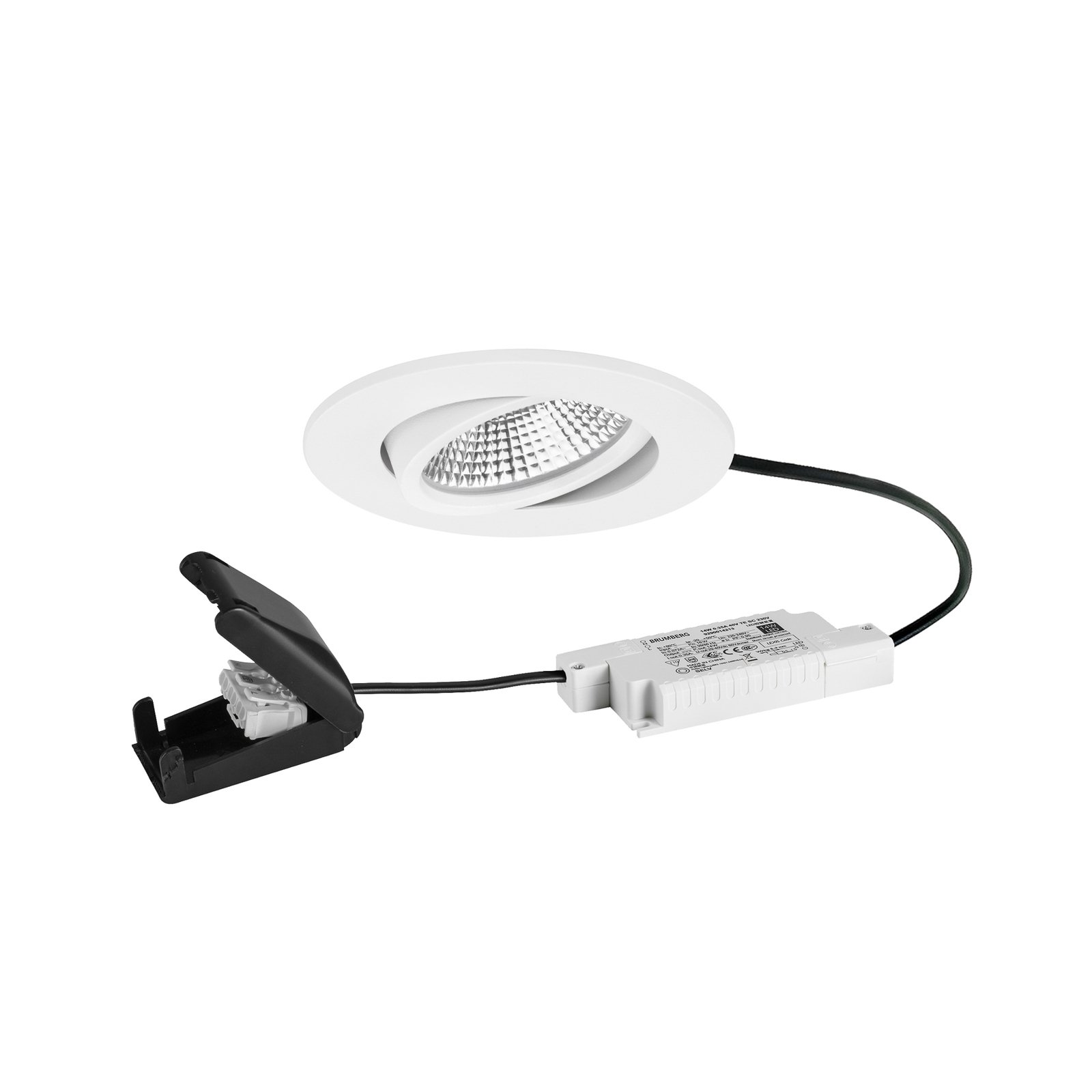
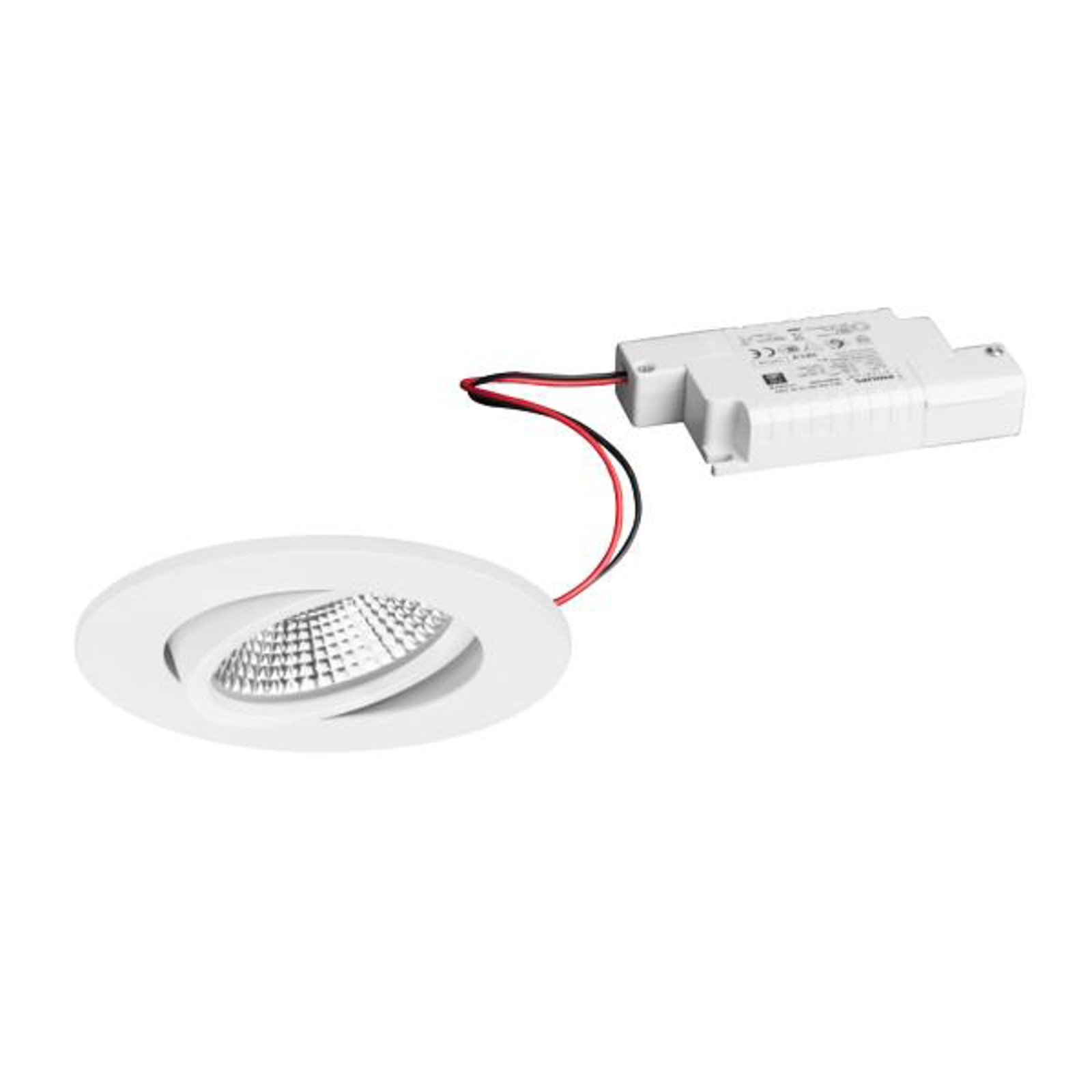
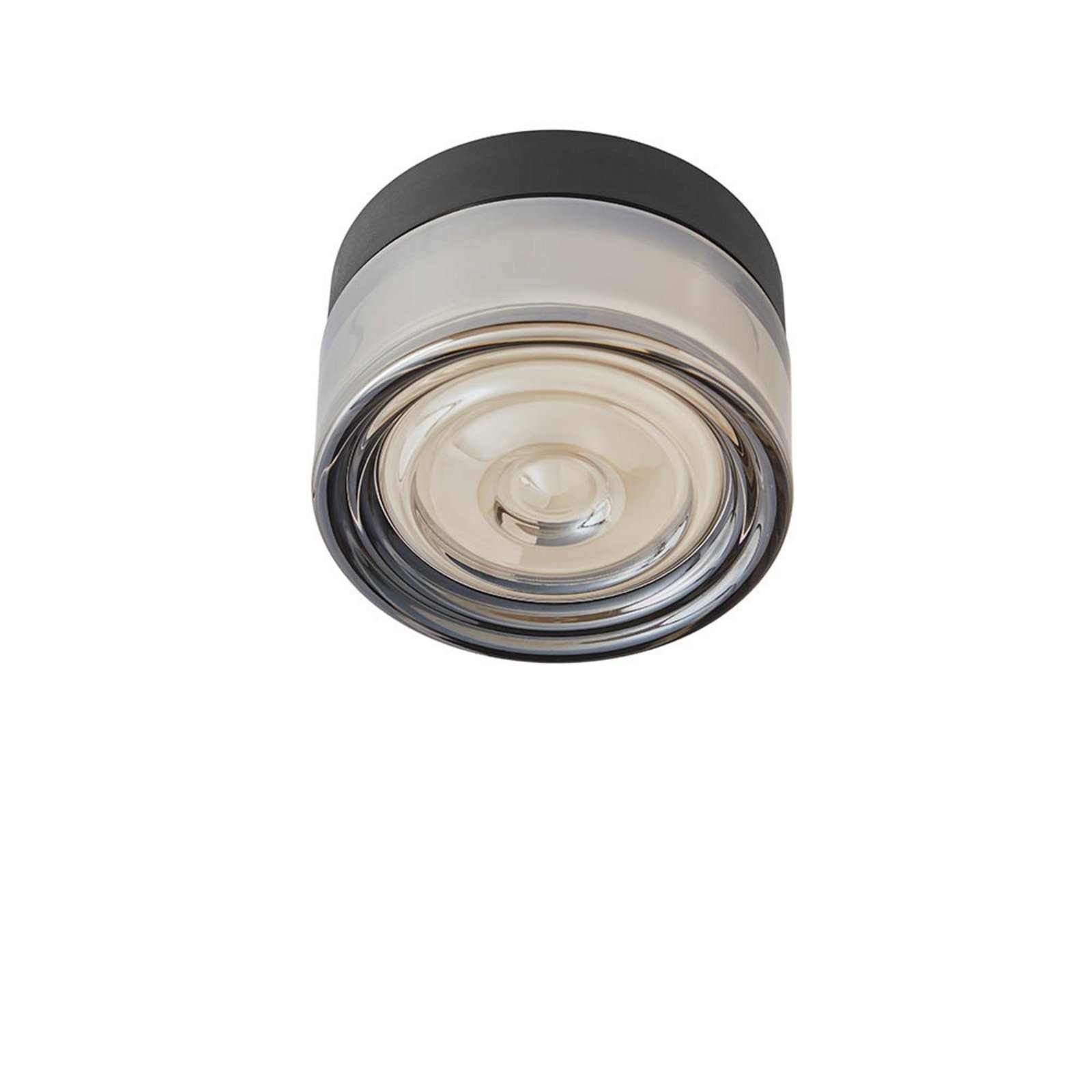
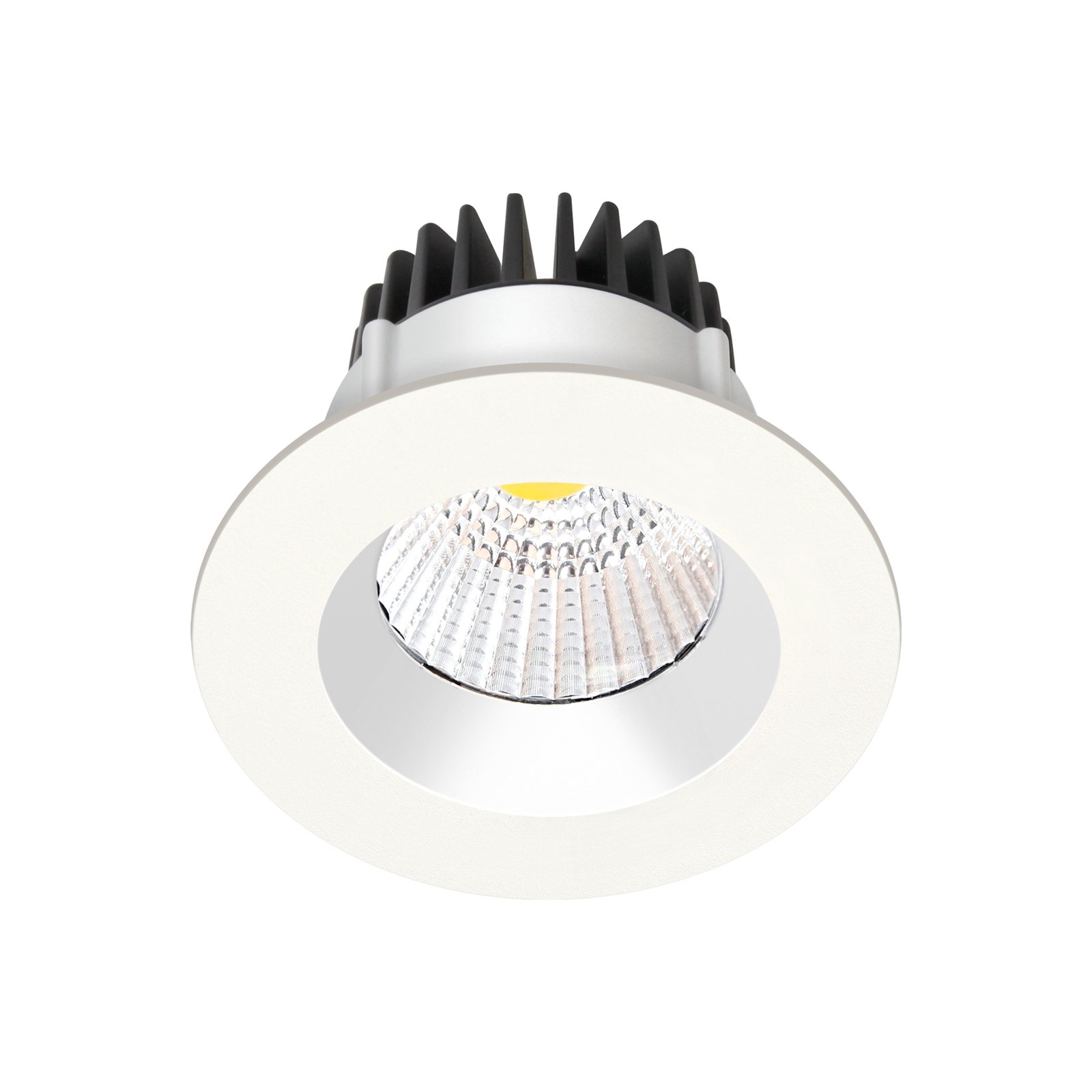

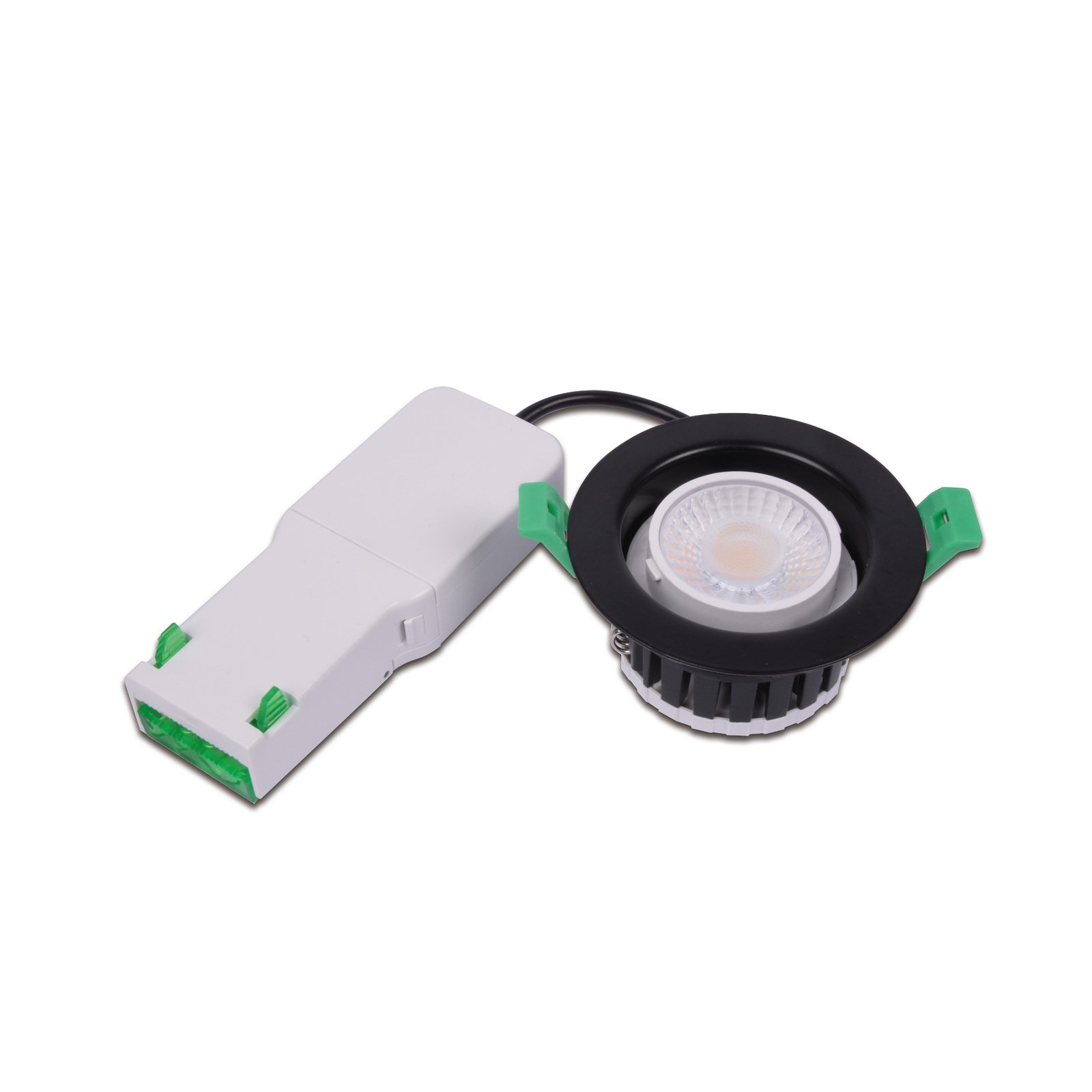
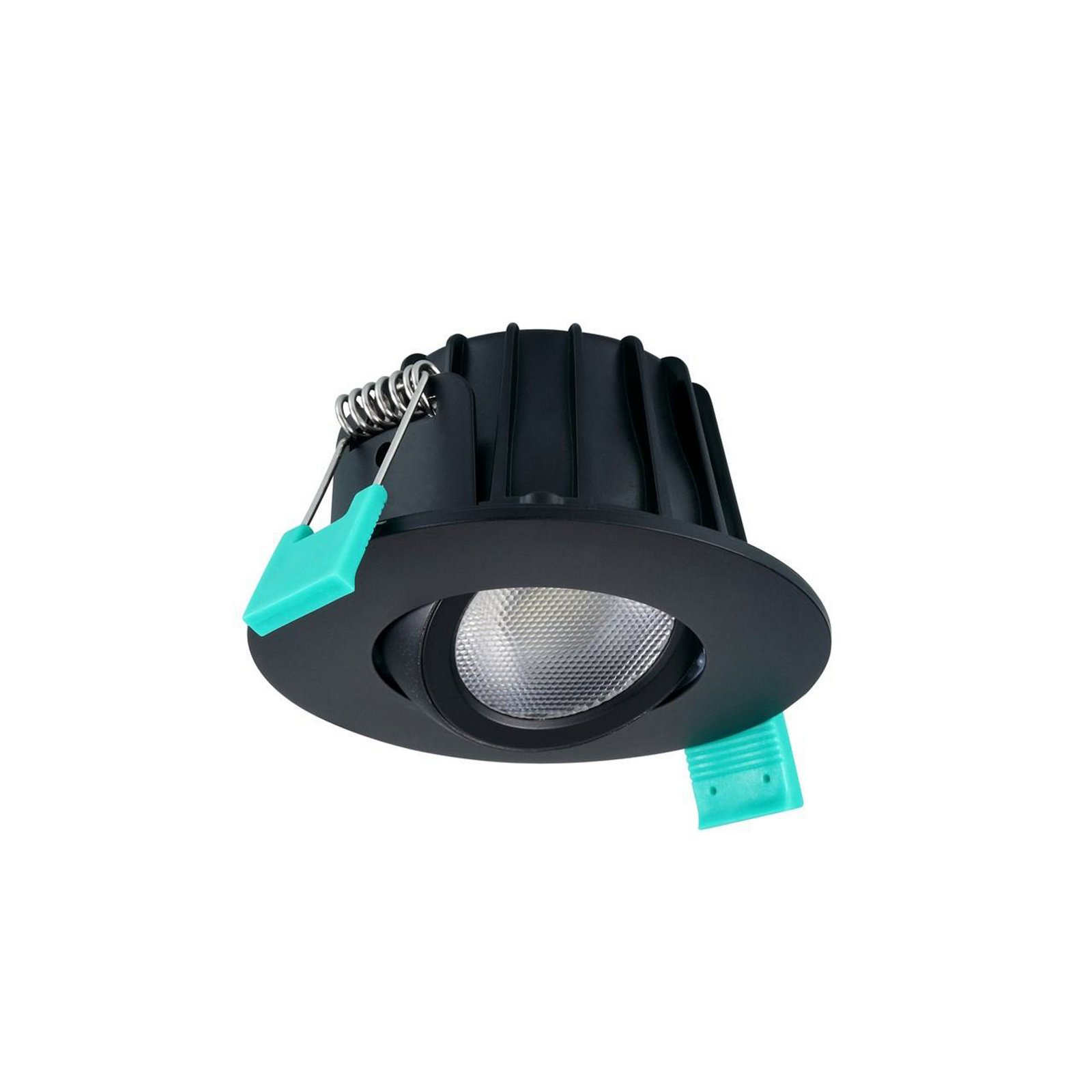
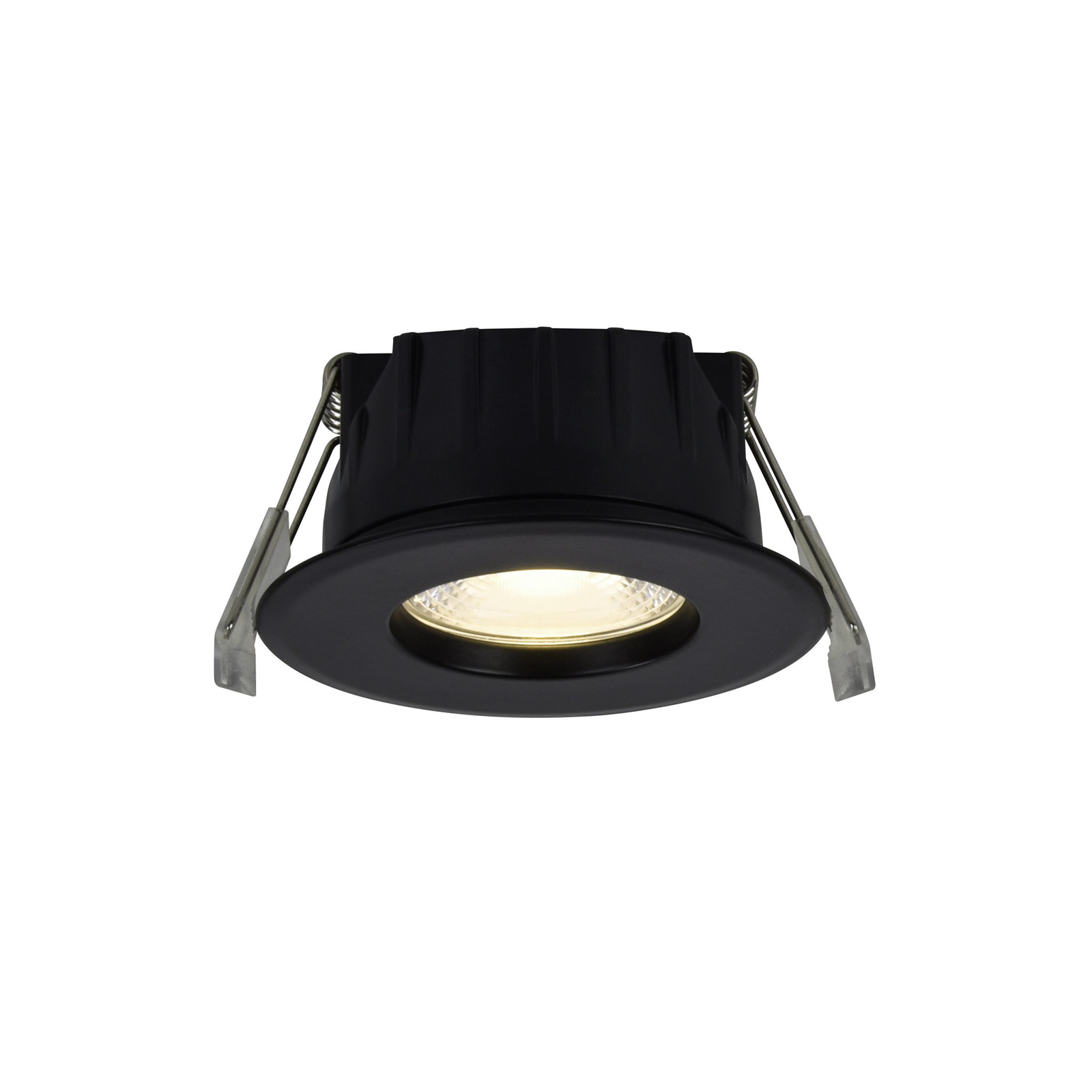
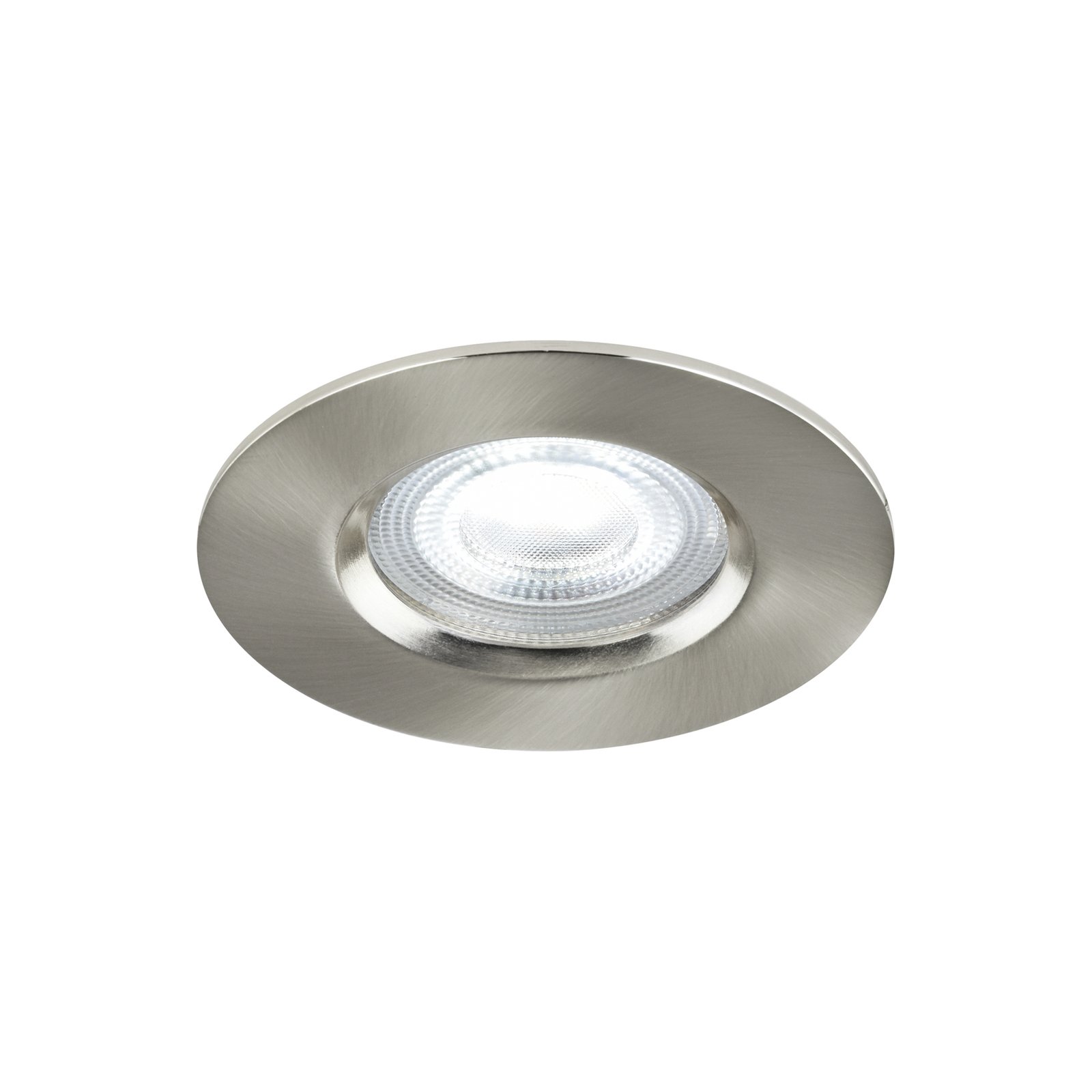
:format(jpeg))
